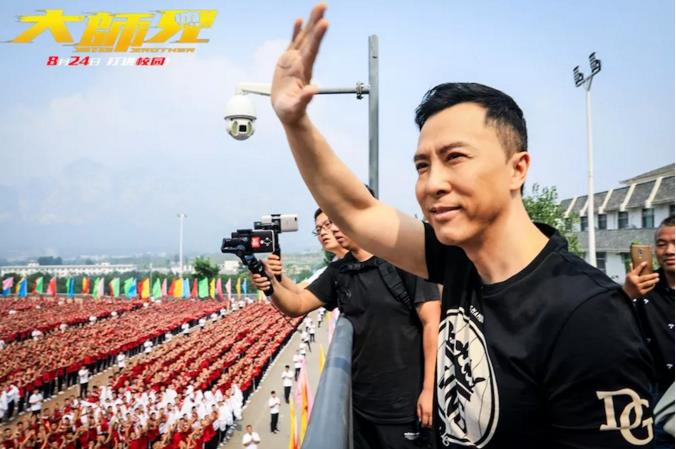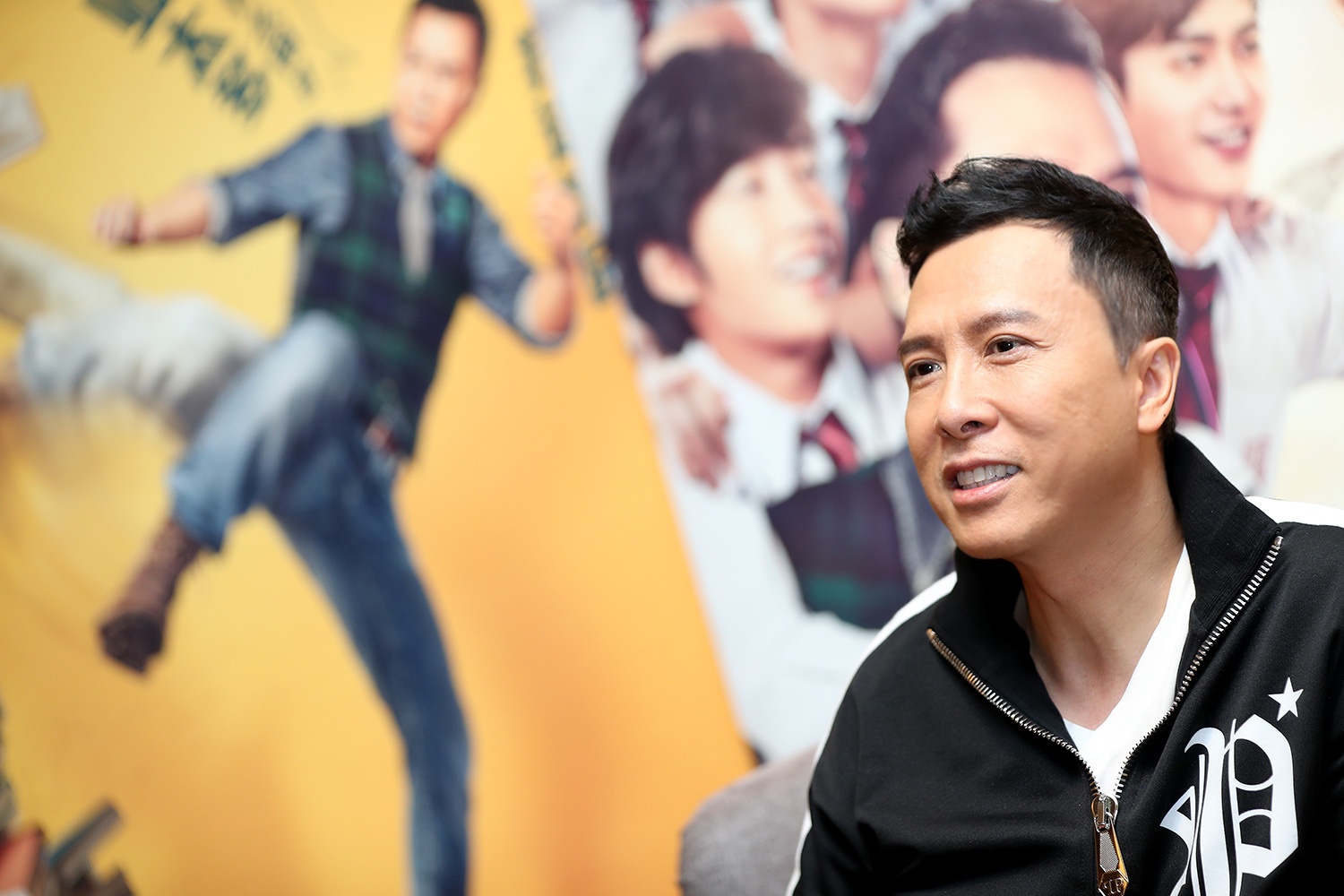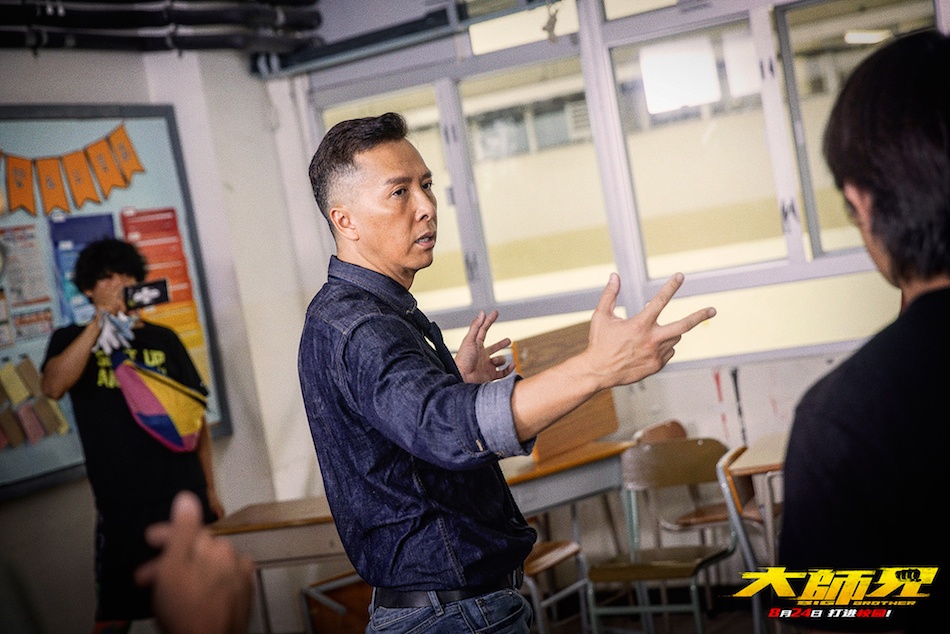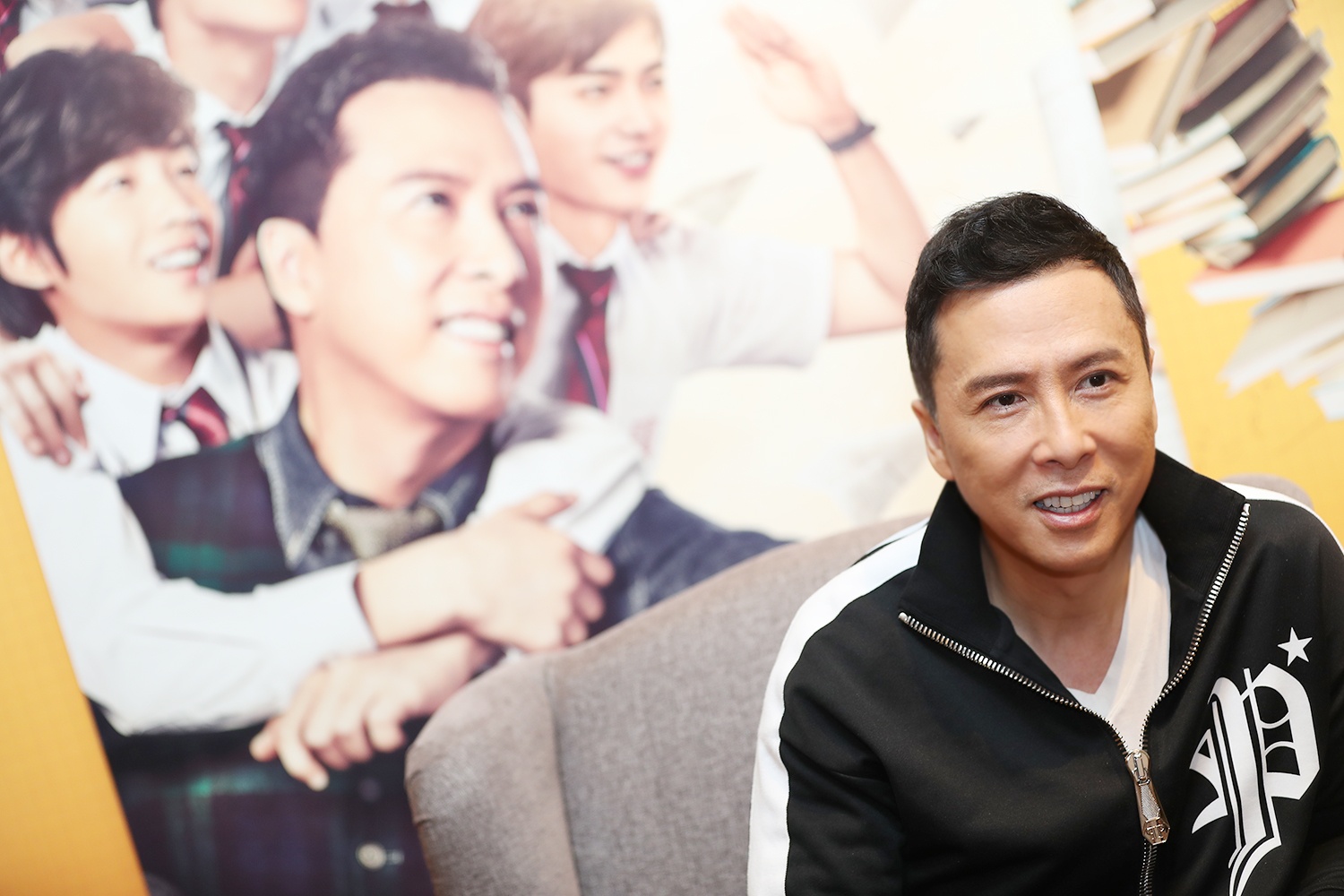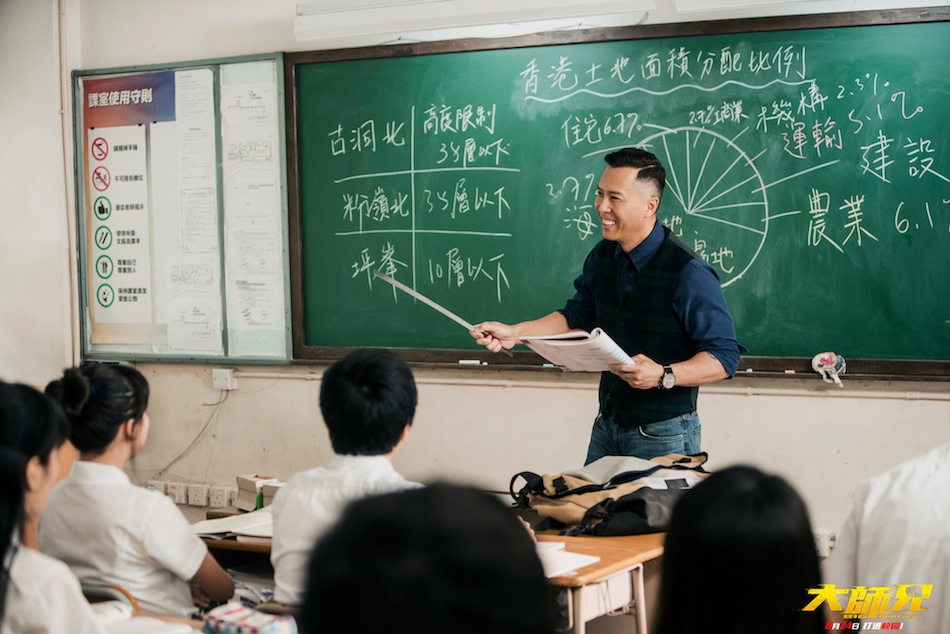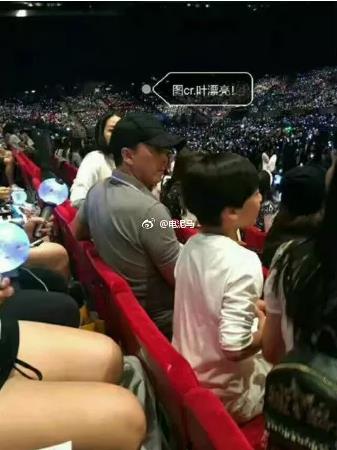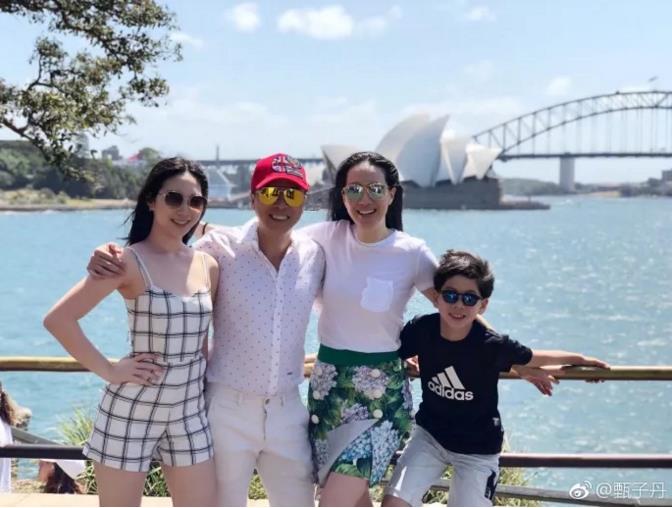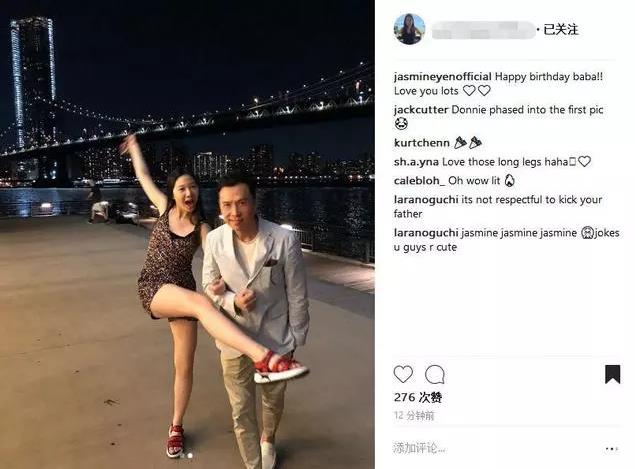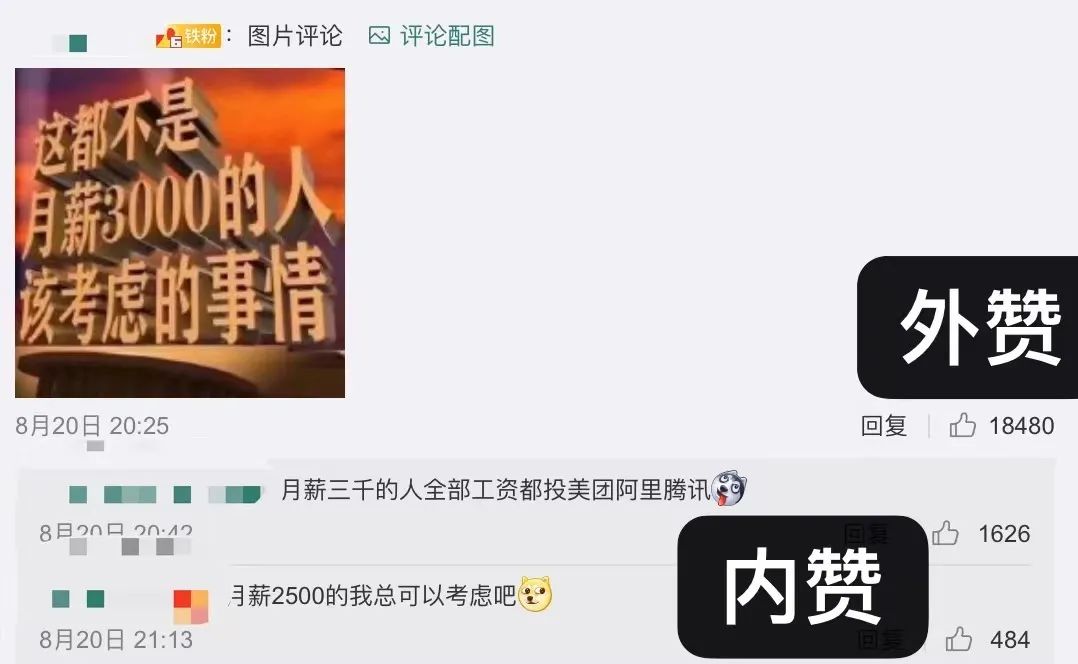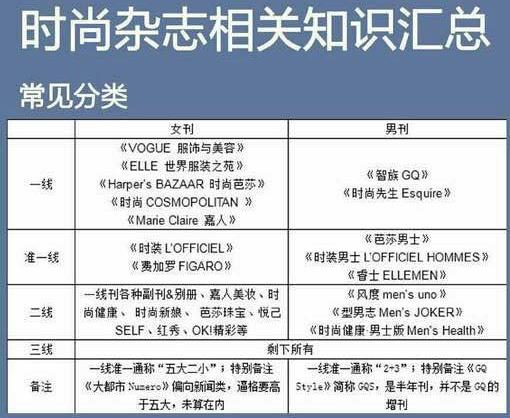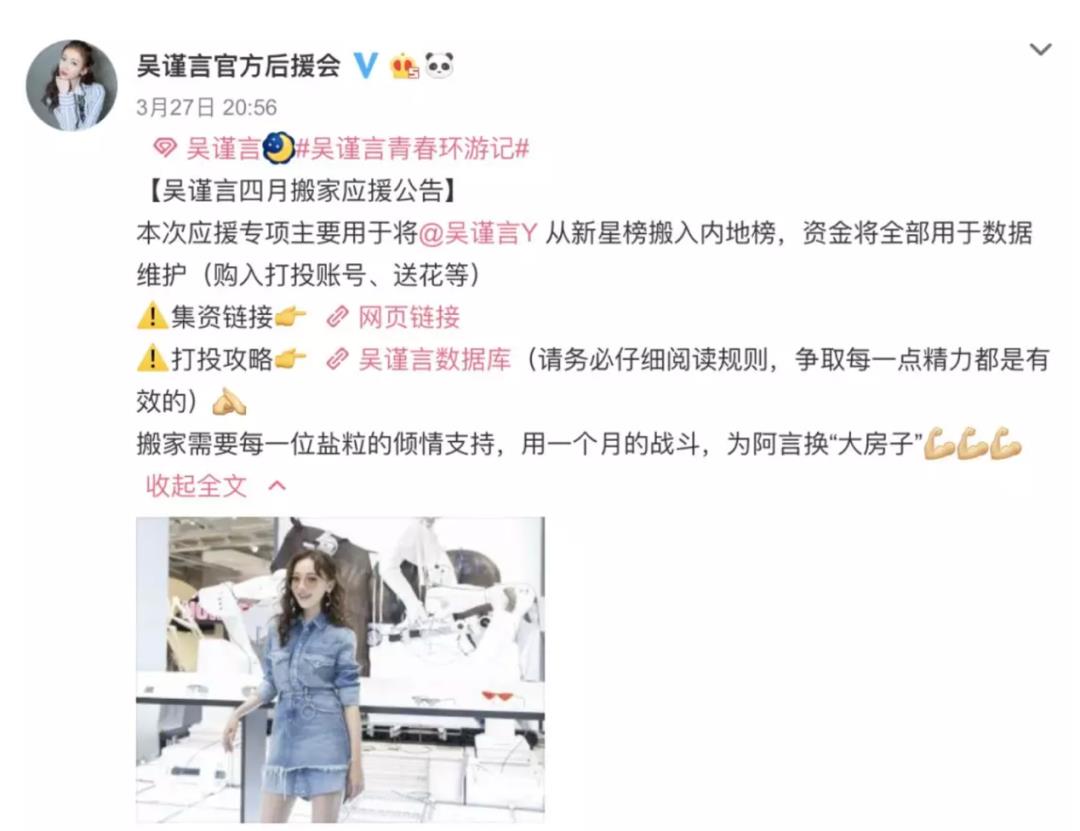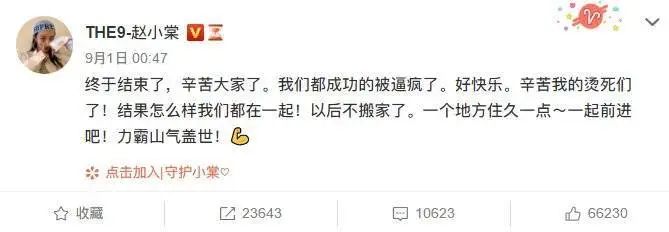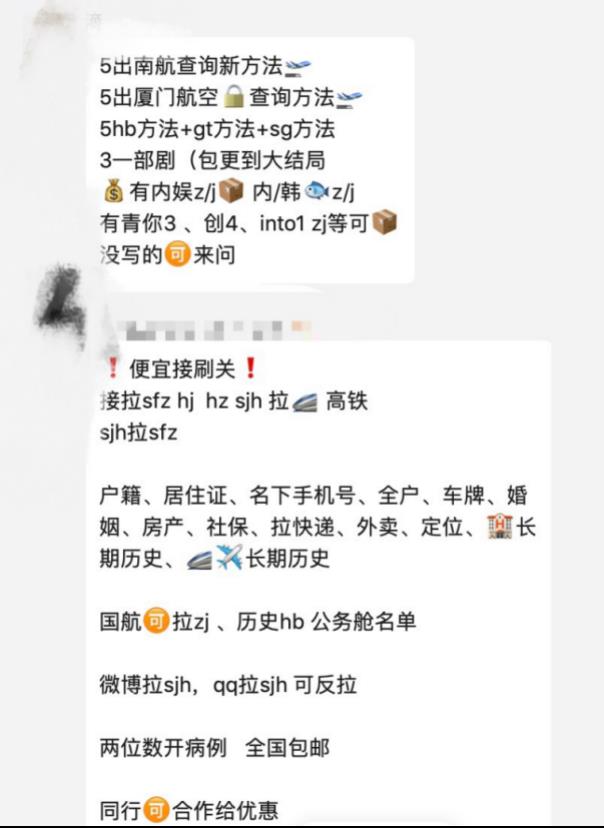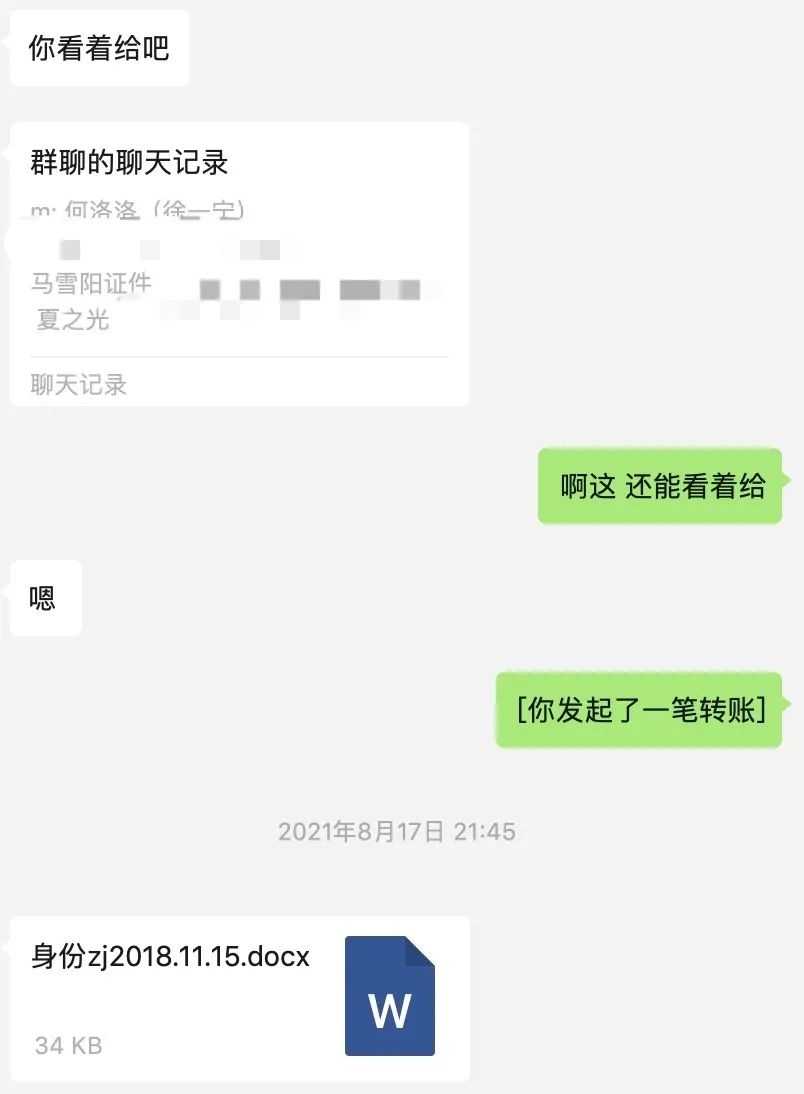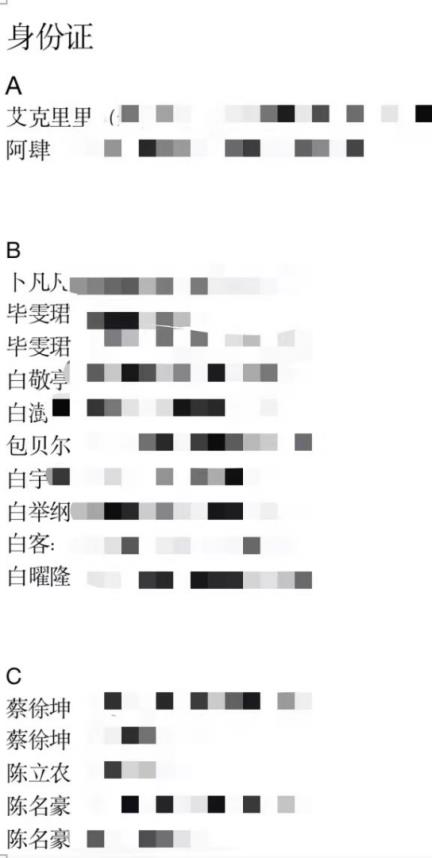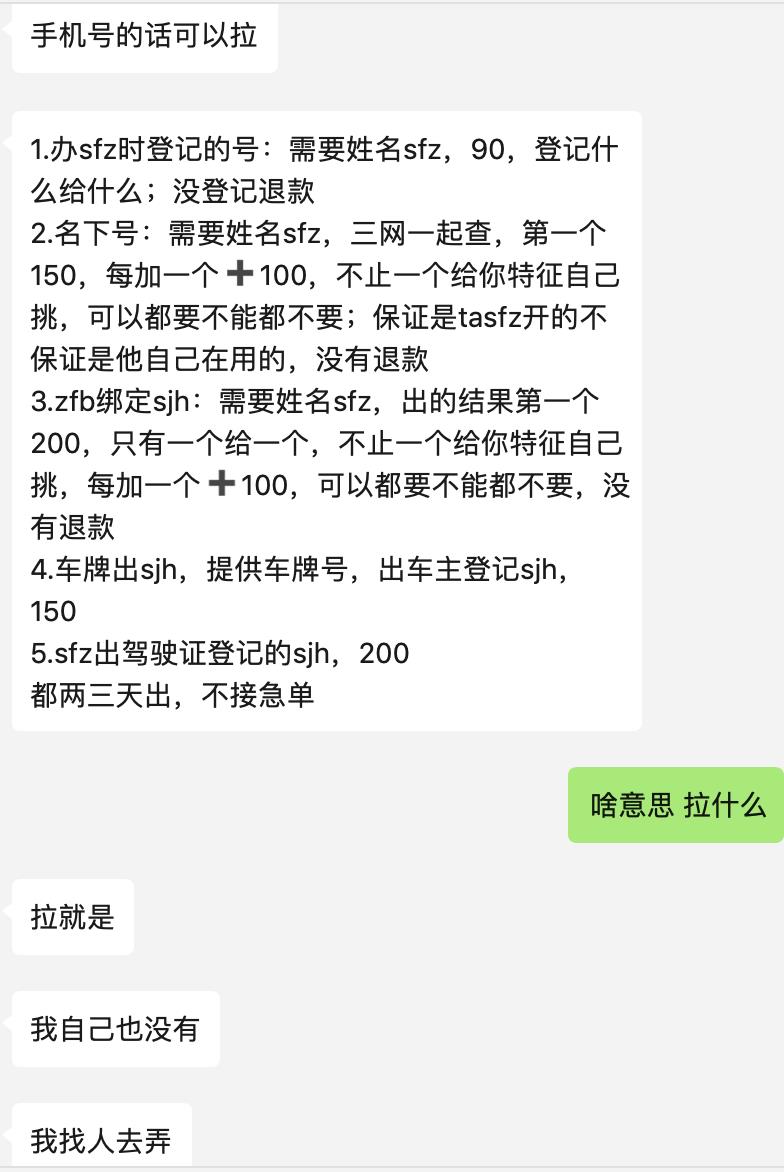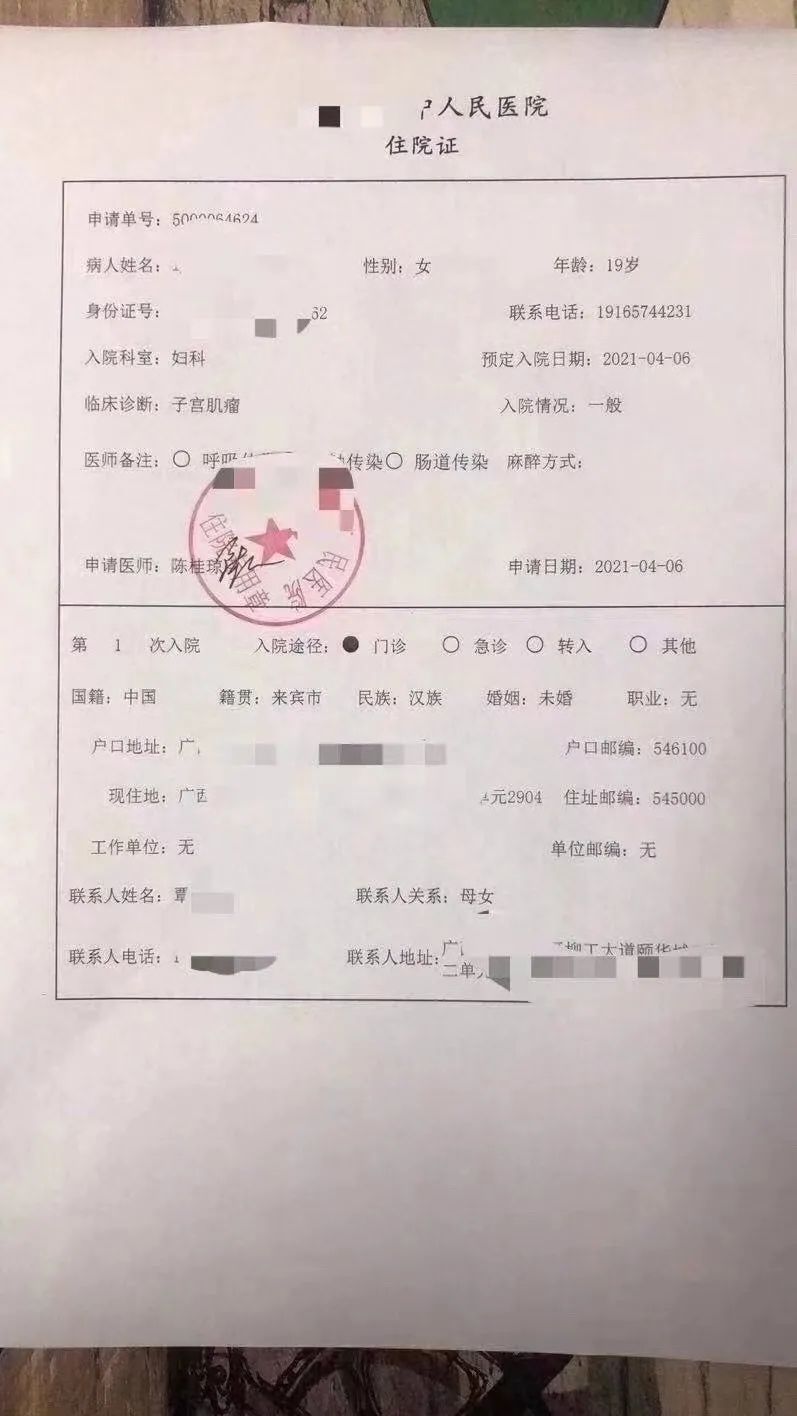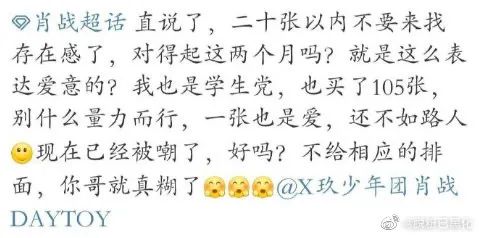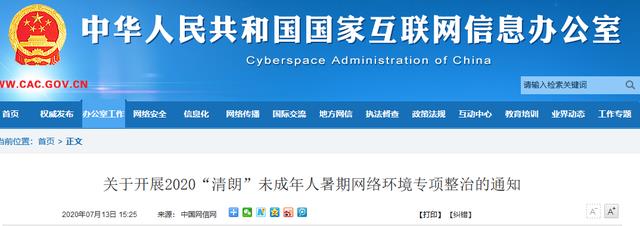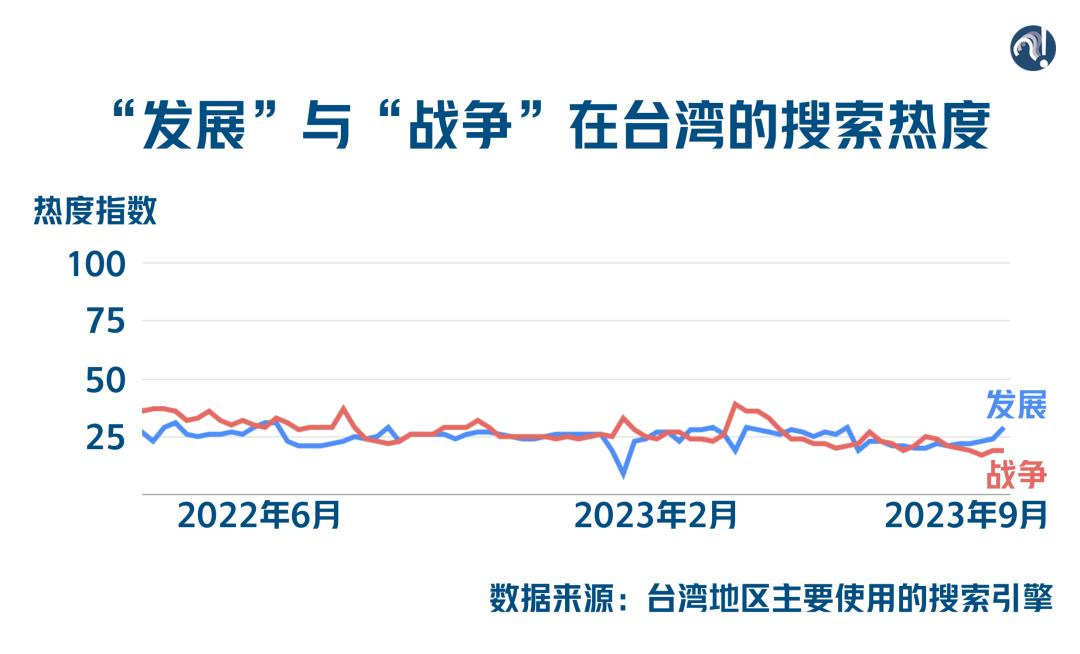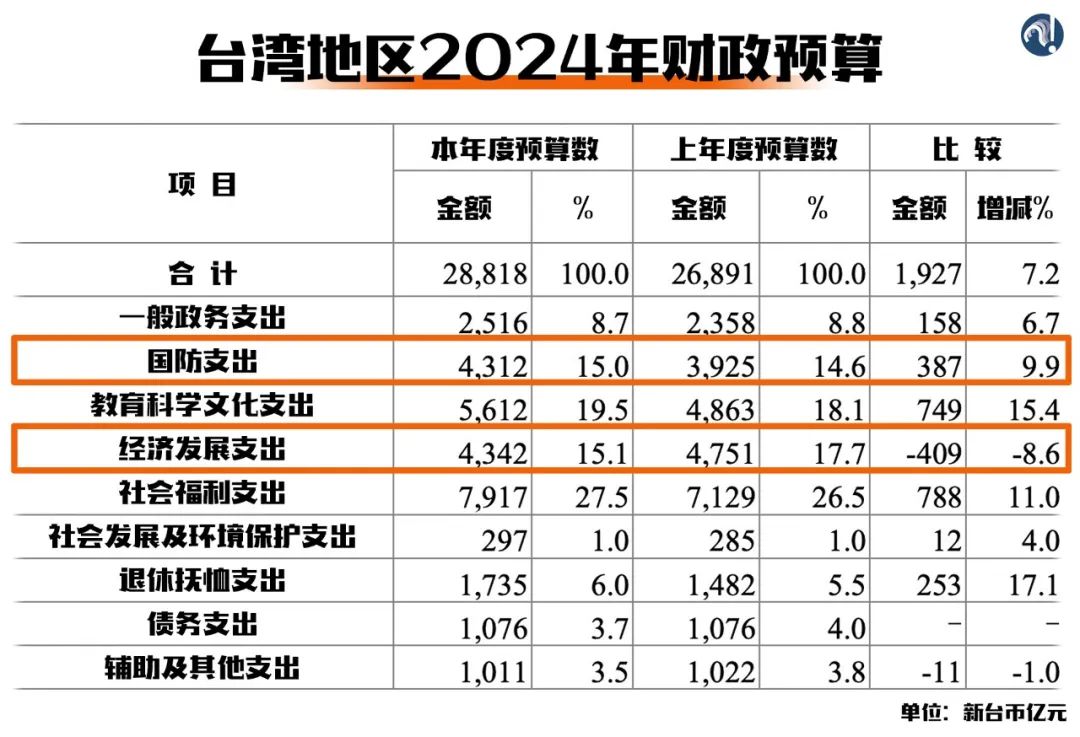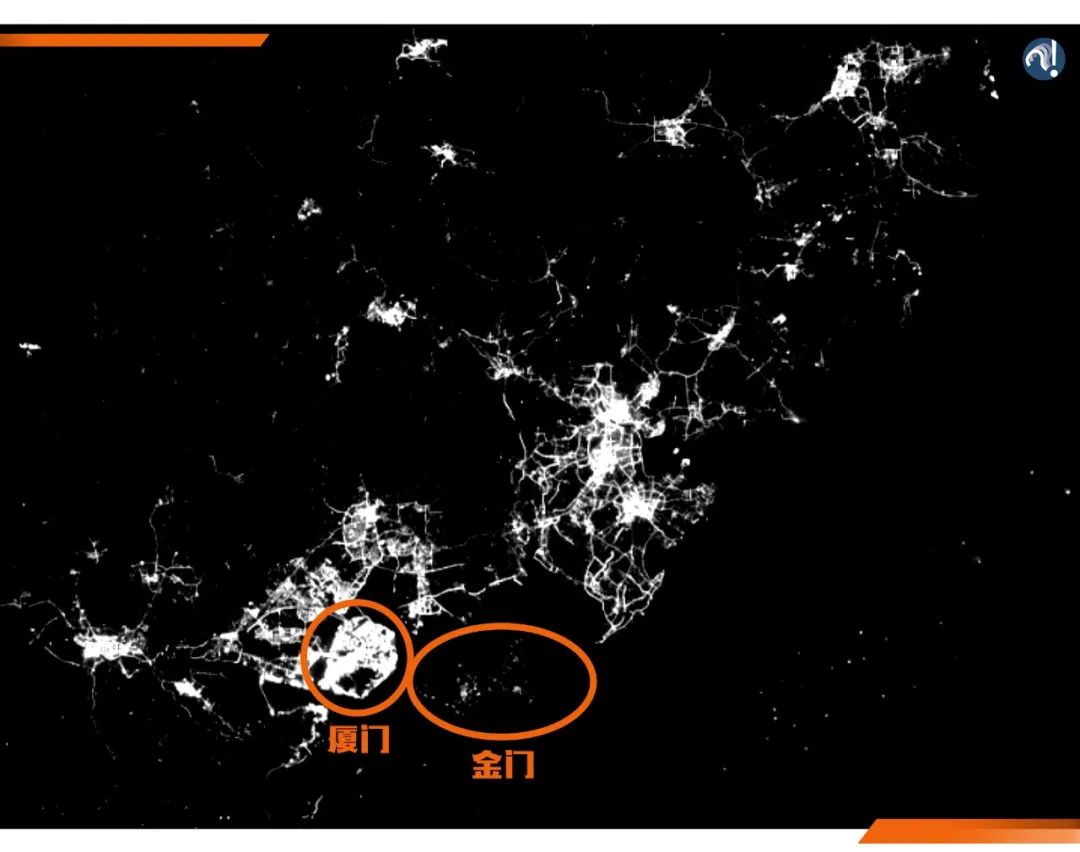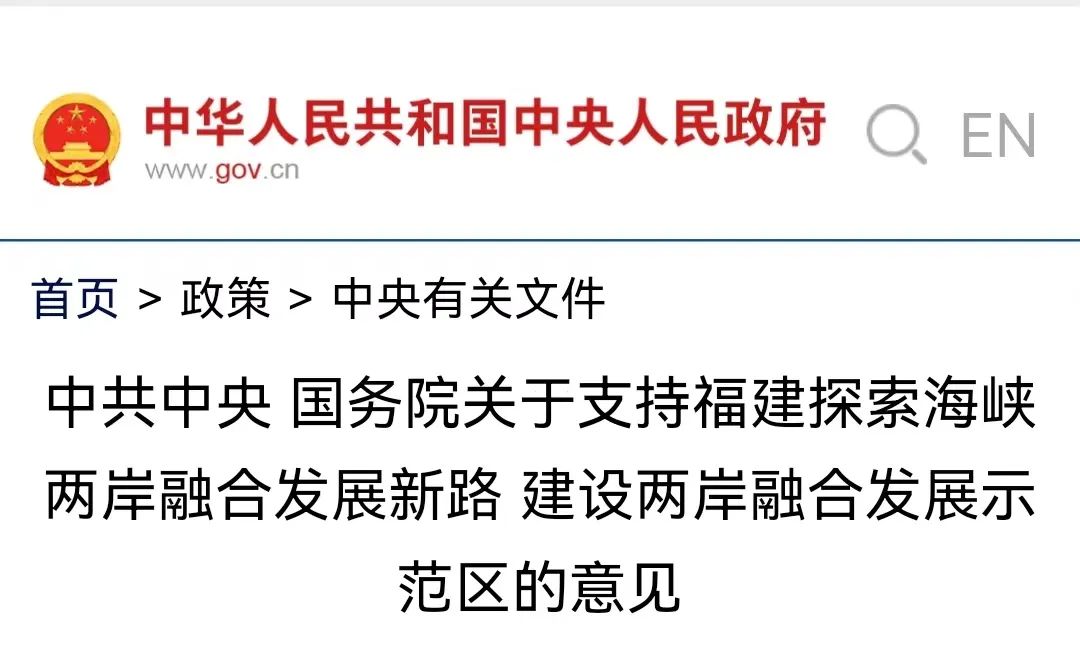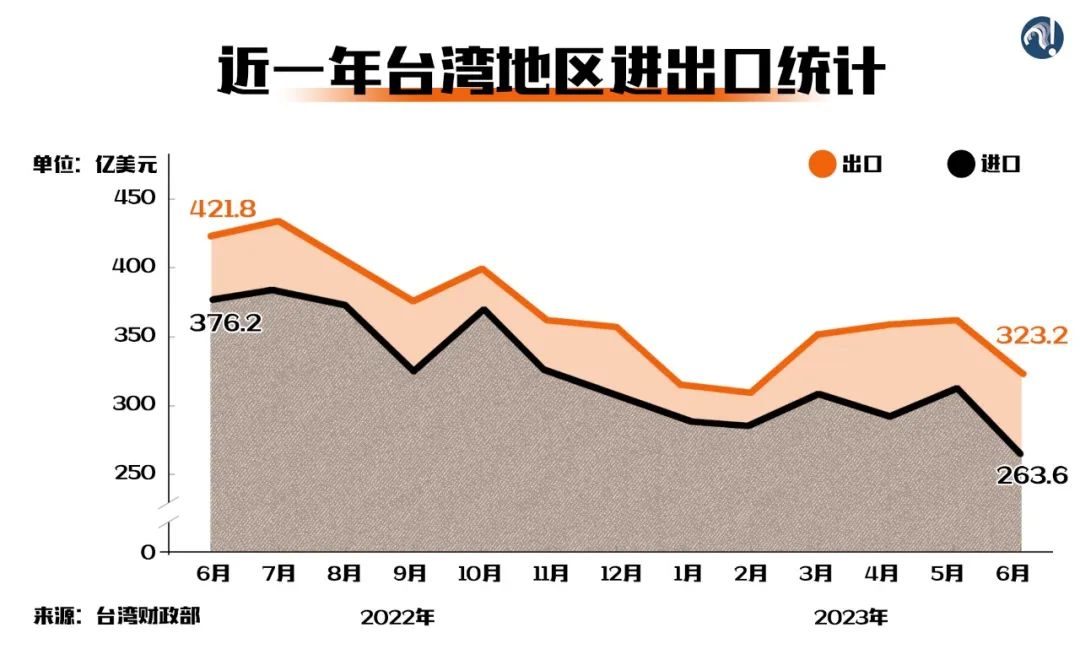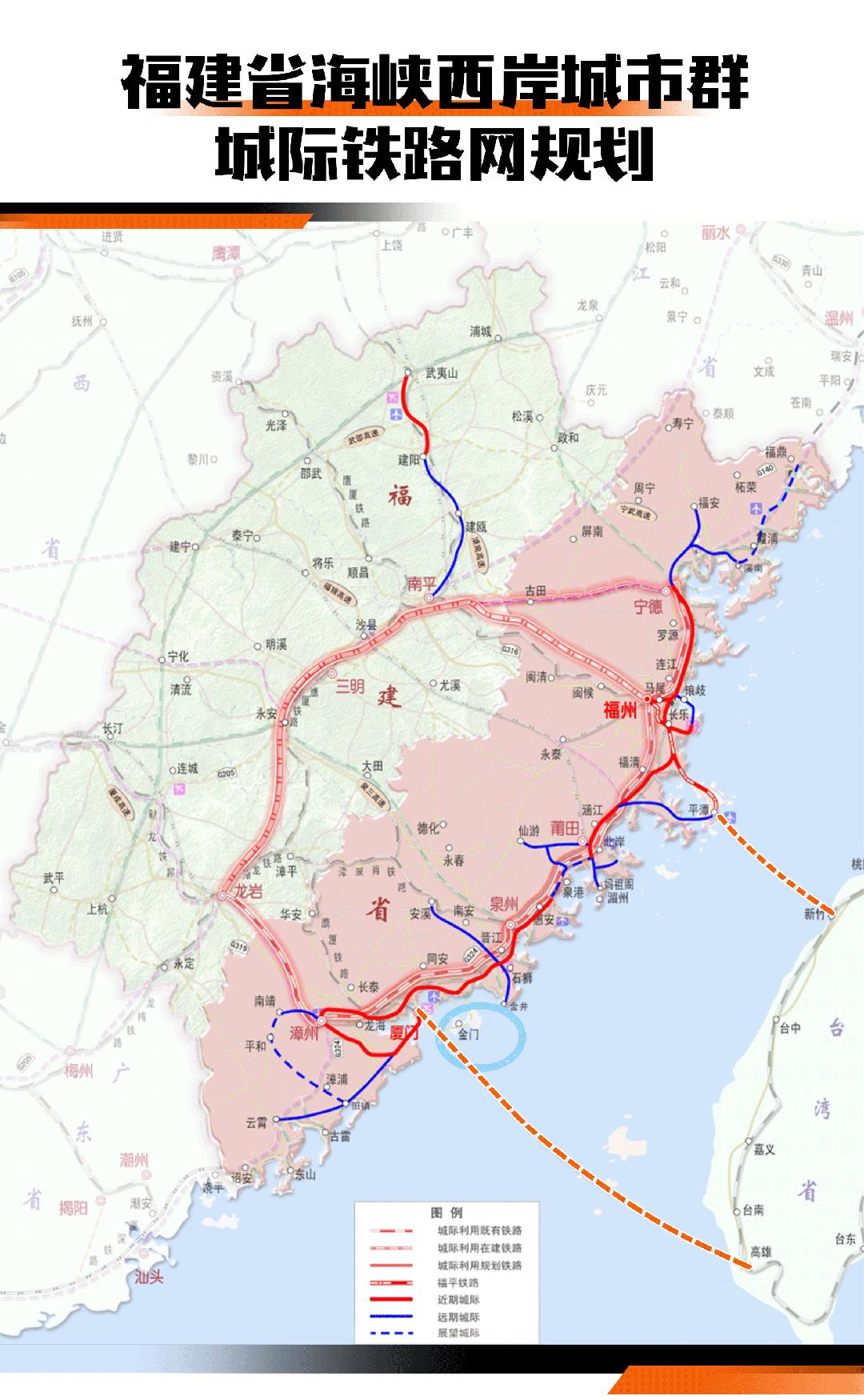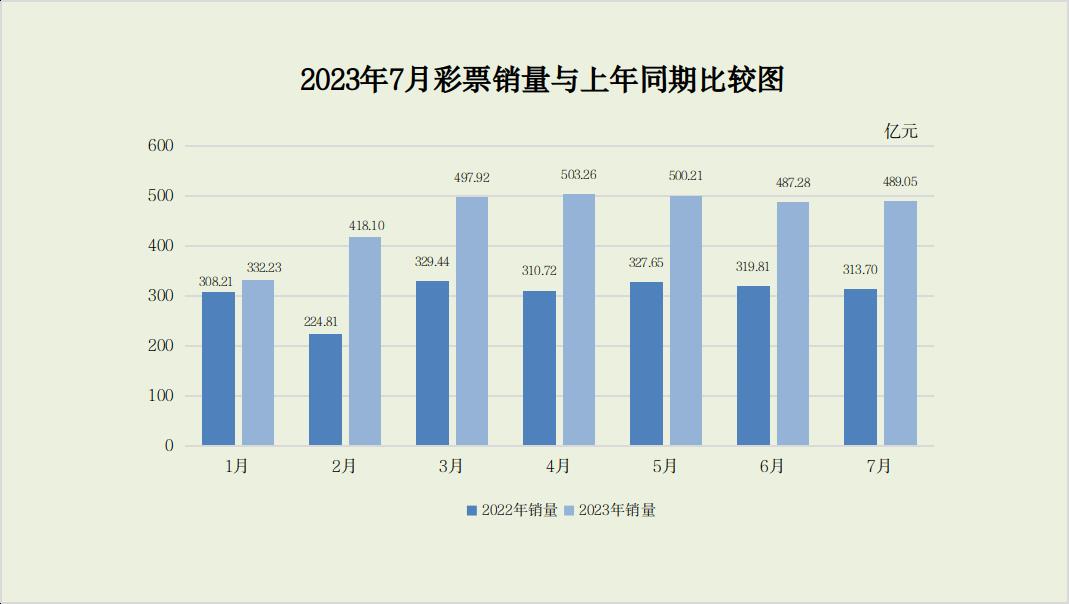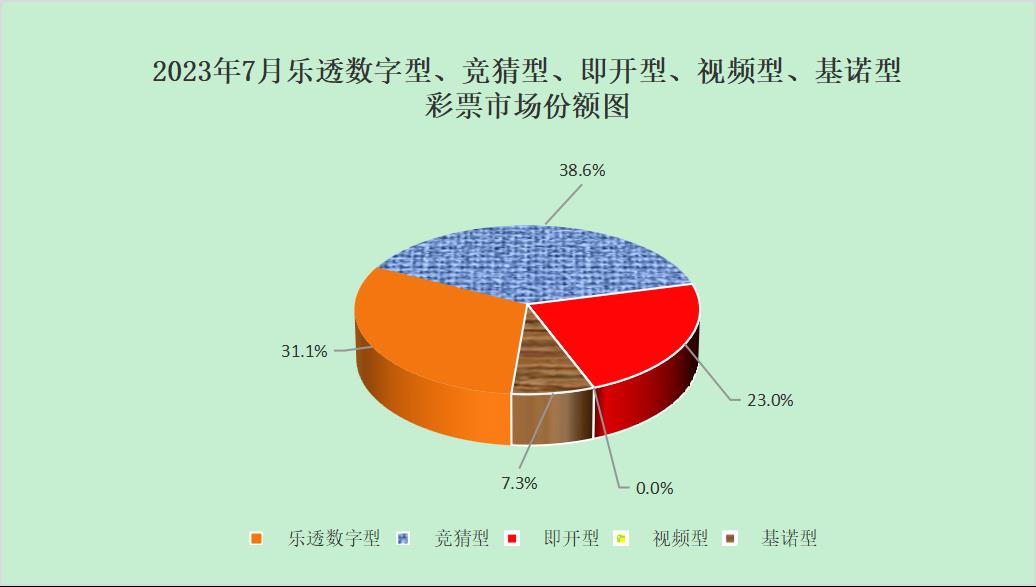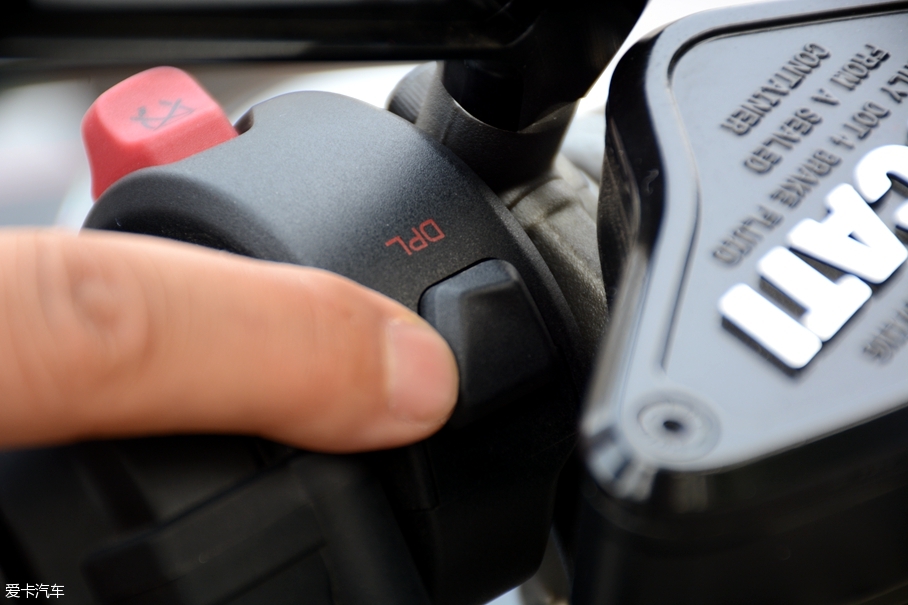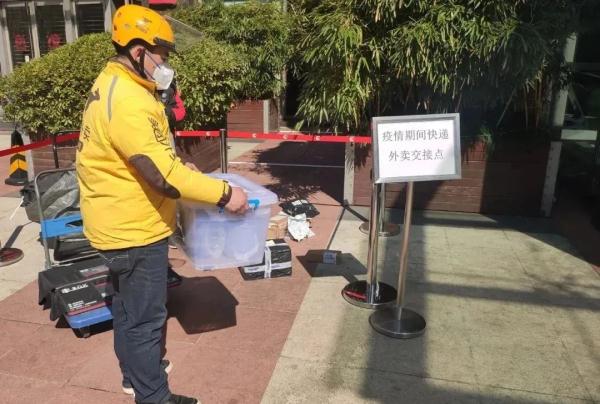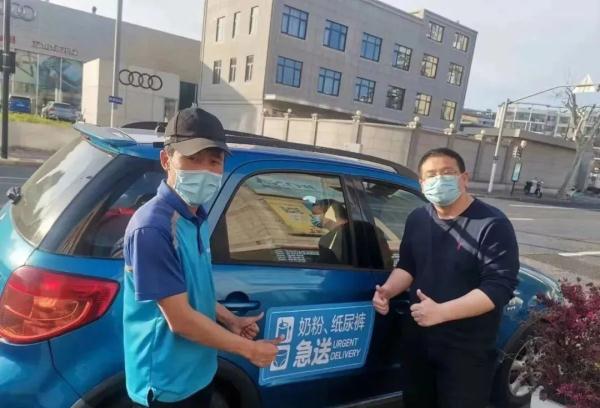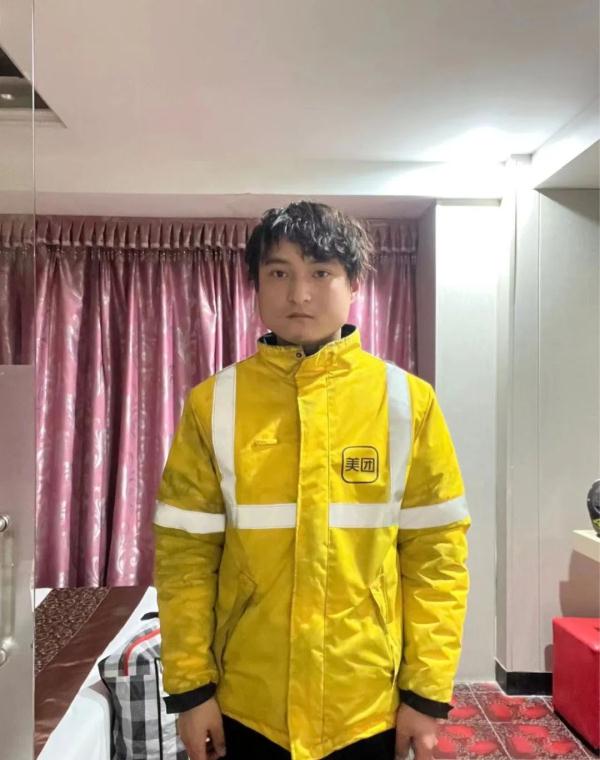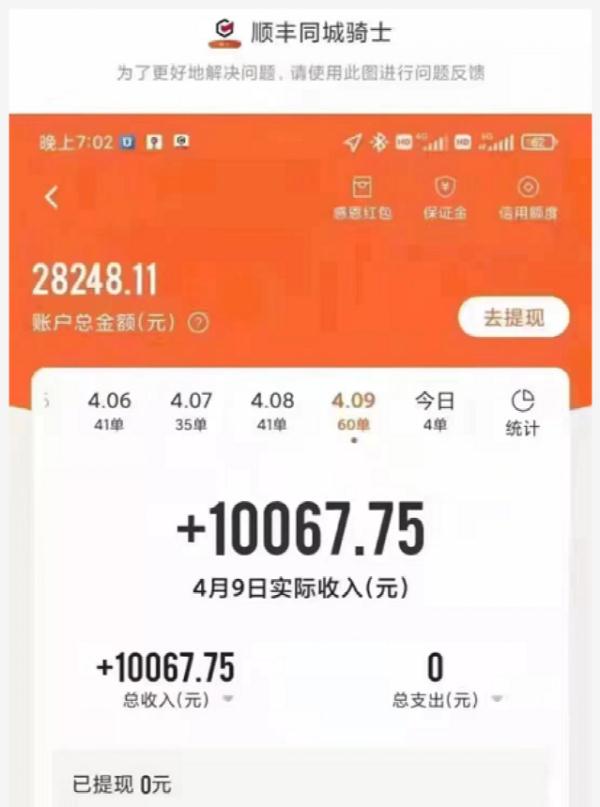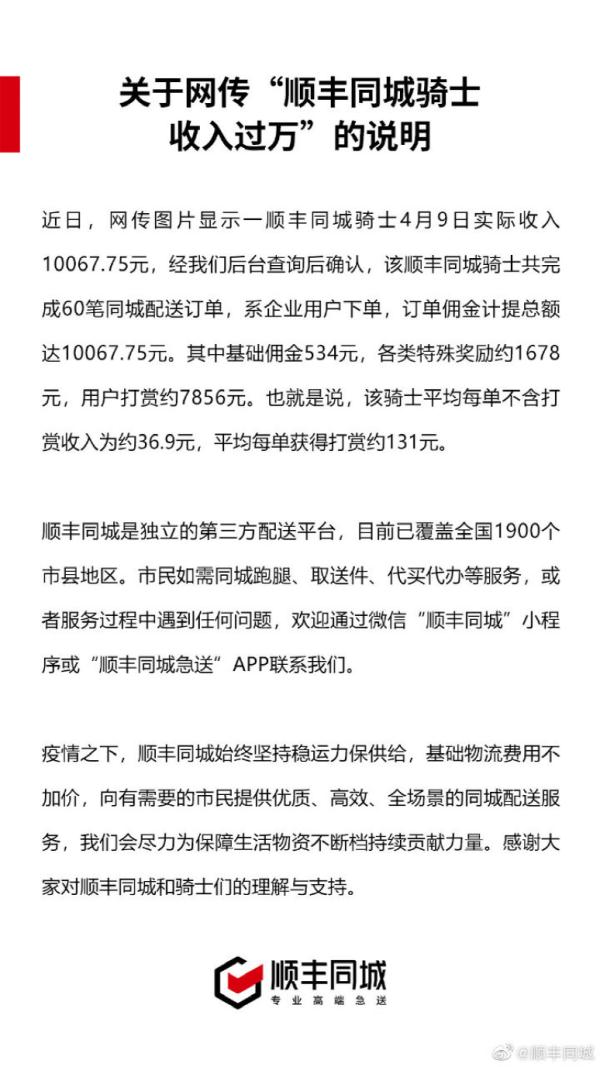Jing Zheng Fa [2015] No.66
District People’s governments, municipal government commissions, offices and bureaus, and municipal institutions:
The "Beijing Water Pollution Prevention and Control Work Plan" is hereby printed and distributed to you, please conscientiously implement it according to the actual situation.
the people’s government of beijing city
December 22, 2015
Beijing Water Pollution Prevention and Control Work Plan
In order to thoroughly implement the spirit of the Notice of the State Council on Printing and Distributing the Action Plan for Water Pollution Prevention and Control (Guo Fa [2015] No.17), effectively intensify the prevention and control of water pollution, strive to restore the water ecological environment, continuously improve the water environmental quality, and fully guarantee the water environmental safety of the capital, this work plan is formulated.
I. General requirements
(A) the guiding ideology
Thoroughly implement the spirit of the 18th National Congress of the Communist Party of China and the Third, Fourth and Fifth Plenary Sessions of the 18th Central Committee, thoroughly study and implement the series of important speeches of the Supreme Leader General Secretary and the spirit of important instructions on Beijing’s work, adhere to and strengthen the strategic positioning of the capital city, firmly establish the development concept of innovation, coordination, green, openness and sharing, and always adhere to the prevention and control policy of safety, cleanliness and health, and the principle of giving priority to water saving, spatial balance, systematic governance and two-handed efforts. Guided by promoting the construction of ecological civilization, with improving the quality of water environment as the core, the government and the market cooperate, comprehensively promote according to law, strictly implement responsibilities, encourage the participation of the whole people, continuously strengthen source control, process supervision and terminal treatment, and promote water pollution prevention, water ecological protection and water resources management as a whole, strive to achieve win-win environmental, economic and social benefits, and provide a good water environment guarantee for building a world-class harmonious and livable capital.
(2) Prevention and control objectives
By 2017, the built-up areas of central cities and new cities will basically eliminate black and odorous water bodies.
By 2020, the level of drinking water security will continue to improve, the quality of water environment will be improved in stages, and the water ecological environment will be improved. Among them, the water quality of centralized drinking water sources has remained stable and up to standard; The proportion of surface water bodies with excellent water quality (reaching or better than Class III) remained stable, and the proportion of water bodies with no use function (worse than Class V) decreased by 24 percentage points compared with 2014. Among them, the water quality in Dongcheng District and Xicheng District all strived to reach Class IV or above, and the water bodies with worse than Class V were basically eliminated in Mentougou District, Pinggu District, Huairou District, Miyun District and Yanqing District, and the number of water bodies with worse than Class V in other districts decreased by over 60% compared with 2014. The quality of groundwater remained stable.
By 2030, surface water will completely eliminate water bodies inferior to Class V, and the function of water ecosystem will be restored.
By the middle of this century, the quality of ecological environment has been improved in an all-round way, and the ecosystem has achieved a virtuous circle.
Second, the prevention and control tasks
(1) Comprehensively improve the level of water pollution prevention and control.
1. Strengthen the pollution control of urban life. Complete the task of sewage treatment and reclaimed water plant construction determined in the Three-year Action Plan for Accelerating the Construction of Sewage Treatment and Reclaimed Water Utilization Facilities in Beijing (2013-2015), and formulate and implement a new round of three-year action plan. By 2019, the city’s sewage treatment rate will reach 94%, of which the central city and the built-up area of the municipal administrative sub-center will basically achieve full coverage of sewage treatment facilities, full collection and treatment of sewage, the sewage treatment rate of new towns will reach 93%, and the sewage treatment rate of towns and villages will reach 75%.
Lead unit: Municipal Water Affairs Bureau
Responsible units: Municipal Development and Reform Commission, Municipal Planning Commission, Municipal Housing and Urban-Rural Development Commission, Municipal Environmental Protection Bureau, Municipal Bureau of Land and Resources, etc., and district governments.
The existing rain-sewage combined drainage system is reformed by rain-sewage diversion, and the construction of new urban areas is carried out by rain-sewage diversion. The supporting pipe network of new sewage treatment facilities should be designed, constructed and put into use simultaneously with the sewage treatment facilities. Before the end of 2017 in the built-up area of the central city and before the end of 2020 in the built-up area of the new city, all sewage should be basically collected and treated. By 2020, the city will build and renovate 1,081 kilometers of sewage collection pipelines.
Lead unit: Municipal Water Affairs Bureau
Responsible units: Municipal Development and Reform Commission, Municipal Planning Commission, etc., and district governments.
Strict development and construction projects supporting water pollution prevention and control facilities construction and acceptance management, the city’s construction, new residential projects and other sewage discharge construction projects must be supporting the construction of sewage treatment facilities, and achieve the standard discharge. Supporting the construction of water pollution prevention and control facilities should be completed and accepted simultaneously with the main project. Residential projects and other construction projects that discharge sewage are not completed, have not passed the project acceptance or have not reached the project acceptance standard, and shall not be put into use.
Lead unit: Municipal Housing and Urban-Rural Development Committee and Municipal Planning Commission.
Responsible units: Municipal Water Affairs Bureau, Municipal Development and Reform Commission, Municipal Environmental Protection Bureau, and district governments.
Promote the harmless treatment and disposal of sludge and ban illegal sludge dumping sites. Newly built sludge harmless treatment and disposal projects in Gaobeidian, xiaohongmen and Huaifang. By 2020, the harmless treatment and disposal rate of urban sludge in the city will reach 100%.
Lead unit: Municipal Water Affairs Bureau
Responsible units: Municipal Development and Reform Commission, Municipal Planning Commission, Municipal Bureau of Land and Resources, Municipal Environmental Protection Bureau, Municipal Agriculture Commission, Municipal Agriculture Bureau, Municipal Bureau of Landscaping and Greening, etc., and all district governments.
2. Control urban non-point source pollution. Timely removal of urban garbage, illegal dumping is prohibited, and pollutants are strictly controlled to enter the urban drainage system.
Lead unit: Municipal Municipal Appearance Committee
Responsible units: Municipal Water Affairs Bureau, Municipal Urban Management Law Enforcement Bureau, etc., and district governments.
According to local conditions, the rainwater collection system should be connected by means of points (storage tanks), lines (collection pipelines along the river) and areas (sunken green spaces, wetlands and flood storage and detention areas) to promote the initial rainwater collection and treatment. Build storage corridors and pipelines, carry out pilot projects of initial rainwater collection and treatment along Tonghui River, and promote the construction of initial rainwater collection and treatment system in the municipal administrative sub-center.
Lead unit: Municipal Water Affairs Bureau
Responsible unit: Municipal Development and Reform Commission, etc., and district governments.
3. Promote the prevention and control of agricultural and rural pollution. The city prohibits the construction and expansion of large-scale livestock and poultry farms (except for breeding and scientific research purposes). Delineate the livestock and poultry breeding ban, and close or relocate the livestock and poultry farms (communities) in the ban before the end of 2016; Livestock and poultry farms (communities) reserved outside the forbidden areas should implement rain and sewage diversion, and be equipped with facilities for storage, treatment and utilization of fecal sewage. By the end of 2020, we will complete the treatment of fecal sewage from large-scale pig farms and cattle farms in the city and realize resource utilization. To study and formulate financial support policies for pollution control of livestock and poultry breeding.
Lead unit: Municipal Agriculture Commission and Municipal Agriculture Bureau.
Responsible units: Municipal Environmental Protection Bureau, Municipal Water Affairs Bureau, Municipal Finance Bureau, Municipal Planning Commission, etc., and district governments.
Formulate and implement a comprehensive prevention and control plan for agricultural non-point source pollution, actively carry out green prevention and control of crop pests and diseases, vigorously promote the use of low-toxic and low-residue pesticides, comprehensively promote scientific fertilization techniques, guide farmers to apply formula fertilizers and slow-release fertilizers, and accelerate the integrated utilization of water and fertilizer. By 2019, the coverage rate of crop diseases and insect pests prevention and control in the city will reach over 40%, and all ecological conservation development areas will use environmentally friendly pesticides, and the utilization rate of chemical fertilizers in the city will increase to over 40%; By 2020, the utilization rate of pesticides in the city will be increased to over 45%, the application of chemical pesticides will be reduced by over 15%, the materialization rate of formula fertilization technology will be increased to over 98%, and the application of chemical fertilizers will be reduced by over 20%.
Lead unit: Municipal Agriculture Commission and Municipal Agriculture Bureau.
Responsible units: Municipal Development and Reform Commission, Municipal Water Affairs Bureau, and district governments.
Key areas such as important water source protection areas, severely over-exploited groundwater areas, and areas with poor groundwater protection performance will gradually and orderly withdraw from planting crops with high water consumption such as wheat. Actively promote rain-fed agriculture. By 2020, the city’s grain fields will be reduced to about 800,000 mu.
Lead units: Municipal Agriculture Commission, Municipal Agriculture Bureau and Municipal Water Affairs Bureau.
Responsible units: Municipal Development and Reform Commission, Municipal Bureau of Land and Resources, Municipal Bureau of Landscaping, etc., and district governments.
The city prohibits the construction of new aquaculture farms in water source protection areas, nature reserves and other environmentally sensitive areas. Restrict the use of antibiotics and other chemicals, and promote a new model of ecological and healthy farming. Give full play to the wetland ecological function of aquaculture water surface.
Lead unit: Municipal Agriculture Commission and Municipal Agriculture Bureau.
Responsible unit: Municipal Water Affairs Bureau, etc., and district governments.
Implement rural clean-up projects and comprehensively promote the contiguous improvement of rural environment. The comprehensive management of water environment should be taken as an important index in the demonstration of ecological civilization at the district, township and village levels, and the "one-vote veto" should be implemented. By taking cities as villages, towns as villages, joint construction of joint villages, single village treatment and single village collection and storage, the problem of sewage collection and treatment in remote suburban villages can be solved according to local conditions. By 2020, there will be 700 newly established villages that have completed comprehensive environmental improvement.
Lead unit: Municipal Agriculture Commission
Responsible units: Municipal Environmental Protection Bureau, Municipal Agriculture Bureau, Municipal Development and Reform Commission, Municipal Water Affairs Bureau, Municipal Finance Bureau, Office of Construction Leading Group of Urban-rural fringe, etc., and district governments.
Taking the district as a unit, unified planning, unified construction and unified management of rural sewage treatment facilities will be implemented. Conditional districts will actively promote the extension of urban sewage treatment facilities and services to rural areas. To study and formulate financial support policies for the construction and operation management of rural sewage treatment facilities. By 2019, the villages in the urban-rural fringe, the villages where the water source is located, and the folk tourism villages will have sewage treatment facilities in each village, and the direct discharge of sewage will be basically eliminated.
Lead unit: Municipal Water Affairs Bureau and Municipal Agriculture Committee.
Responsible units: Municipal Environmental Protection Bureau, Municipal Finance Bureau, Municipal Agriculture Bureau, Municipal Development and Reform Commission, Municipal Planning Commission, Office of Construction Leading Group of Urban-Rural Fringe, etc., and district governments.
4. Deepen the prevention and control of industrial pollution. Before the end of 2016, small-scale paper-making, tanning, printing and dyeing, electroplating, pesticide raw materials and other production projects that seriously pollute the water environment will be banned according to law.
Lead unit: Municipal Environmental Protection Bureau and Municipal Economic Information Commission.
Responsible units: Municipal State-owned Assets Supervision and Administration Commission, Municipal Land and Resources Bureau, etc., and district governments.
Formulate special treatment plans for key industries and implement clean transformation.
Lead unit: Municipal Environmental Protection Bureau
Responsible units: Municipal Economic Information Commission, Municipal State-owned Assets Supervision and Administration Commission, and district governments.
Sewage discharge enterprises in the city’s industrial parks and industrial parks should build sewage treatment facilities or entrust sewage treatment to achieve discharge standards, and direct discharge of sewage is strictly prohibited. Since December 31, 2015, the centralized sewage treatment facilities of industrial enterprises and industrial parks in the city have implemented the discharge limit requirements of the Beijing Comprehensive Discharge Standard for Water Pollutants, and the industrial wastewater discharged by enterprises can only enter the centralized sewage treatment facilities of the park after being pretreated to meet the specified requirements. Promote the construction of online monitoring facilities for enterprise sewage discharge in industrial parks. Before the end of 2016, automatic online monitoring devices will be installed in centralized sewage treatment facilities in industrial parks; Before the end of 2017, it will be networked with the municipal environmental protection department. If the centralized sewage treatment facilities are not built in the industrial park or the wastewater discharge of the centralized sewage treatment facilities is not up to standard, the approval and approval of the environmental impact assessment documents of the construction projects with the total discharge of new water pollutants will be suspended and punished according to law.
Lead unit: Municipal Environmental Protection Bureau
Responsible units: Municipal Economic Information Commission, Municipal State-owned Assets Supervision and Administration Commission, Municipal Commerce Commission, etc., and district governments.
Vigorously promote cleaner production, guide enterprises to adopt advanced production technology and treatment technology, and effectively reduce the level of pollutant discharge. We will continue to carry out mandatory cleaner production audits in key industries such as chemical industry, pharmaceutical industry and food processing, and encourage enterprises to carry out voluntary cleaner production audits.
Lead unit: Municipal Development and Reform Commission and Municipal Environmental Protection Bureau.
Responsible units: Municipal Economic Information Commission, Municipal State-owned Assets Supervision and Administration Commission, and district governments.
5. Strengthen landfill leachate treatment. By the end of 2017, leachate treatment in landfills, garbage transfer stations, kitchen waste disposal plants, etc. will be fully up to standard, and an online monitoring system for leachate treatment facilities will be gradually built to monitor its displacement and drainage quality in real time.
Lead unit: Municipal Municipal Appearance Committee
Responsible units: Municipal Environmental Protection Bureau, Municipal Water Affairs Bureau, etc., and district governments.
6. Strengthen ship pollution control. Further improve the classified collection and reception facilities of solid waste in the dock area of working ships and cruise ships, as well as the interception, recovery and removal facilities of accidental oil spills and spills in the dock area of ships, so as to improve the reception and disposal of oily sewage and the emergency handling capacity of pollution accidents.
Lead unit: Municipal Communications Commission and Municipal Water Affairs Bureau.
Responsible unit: district governments
(2) spare no effort to save and protect water resources.
7. Building a water-saving society. We will fully implement the strictest water resources management system, give full play to the role of water resources as a constraint and guide, and continuously improve the water-saving level in key areas. By 2017, the leakage rate of urban public water supply network in the city will be controlled within 12%, and by 2020, it will be controlled within 10%. By 2019, all districts in the city will complete the creation of water-saving zones. By 2020, the water consumption per 10,000 yuan of GDP in the whole city will fall below 15 cubic meters, and the water consumption per 10,000 yuan of industrial added value will fall below 10 cubic meters; High-water-consuming industries such as electric power, petrochemical, chemical and food fermentation have reached advanced water quota standards; The effective utilization coefficient of farmland irrigation water reaches above 0.75.
Lead unit: Municipal Water Affairs Bureau
Responsible units: Municipal Development and Reform Commission, Municipal Finance Bureau, Municipal Economic Information Commission, Municipal Housing and Urban-Rural Construction Commission, Municipal Agriculture Commission, Municipal Agriculture Bureau, etc., and district governments.
8. Increase available water sources through multiple channels. Actively strive for the support of relevant state departments to further increase the amount of water flowing into Beijing from the South-to-North Water Transfer Project. Study and promote seawater desalination into Beijing to ensure water supply through multiple channels.
Lead unit: Municipal Water Affairs Bureau
Responsible units: Municipal South-to-North Water Transfer Office, Municipal Development and Reform Commission, Municipal Finance Bureau, etc., and district governments.
Promote the utilization of reclaimed water. Rainwater or reclaimed water should be used for industrial production, urban greening, road cleaning, vehicle washing, building construction, residential quarters and internal landscape of units within the coverage of reclaimed water transmission and distribution pipelines; In areas with water supply capacity of reclaimed water for sanitation, reclaimed water is preferred for sanitation. Since 2018, new public buildings and affordable housing projects with a construction area of more than 20,000 square meters will be built in areas outside the coverage of reclaimed water transmission and distribution pipelines, and all reclaimed water treatment and utilization facilities will be installed; Reclaimed water utilization facilities shall be installed in all areas covered by reclaimed water transmission and distribution pipelines. Actively promote the installation of reclaimed water utilization facilities in other new houses. Promote the construction of sewage treatment and utilization facilities in expressway service areas. By 2020, the proportion of public green space in the six districts of the city using rainwater or reclaimed water will reach 50%, the amount of reclaimed water conservancy in the city will reach more than 1.2 billion cubic meters, and the utilization rate of reclaimed water will reach more than 70%.
Lead units: Municipal Water Affairs Bureau, Municipal Bureau of Landscaping and Greening, Municipal Appearance Committee and Municipal Housing and Urban-Rural Development Committee.
Responsible units: Municipal Development and Reform Commission, Municipal Economic Information Commission, Municipal Transportation Commission, etc., and district governments.
New and rebuilt buildings shall strictly implement the Code for Design of Rainwater Control and Utilization Engineering. Build rainwater collection and utilization facilities according to local conditions, and use them for road spraying, landscaping and water replenishment of landscape rivers and lakes through recycling systems.
Lead unit: Municipal Water Affairs Bureau
Responsible units: Municipal Development and Reform Commission, Municipal Planning Commission, Municipal Housing and Urban-Rural Development Commission, Municipal Appearance Commission, Municipal Bureau of Landscaping and Greening, Municipal Finance Bureau, Municipal Agriculture Commission, Municipal Agriculture Bureau, etc., and all district governments.
9. Strictly control over-exploitation of groundwater. Carry out investigation and evaluation of groundwater conditions. In the development and utilization of groundwater in areas prone to geological disasters such as land subsidence, ground fissures and karst collapse, the risk assessment of geological disasters should be carried out. Strictly control the exploitation of deep confined water, and strictly implement the mining license system for geothermal water and mineral water. Before the end of 2016, the scope of groundwater overexploitation and the delineation of groundwater forbidden mining area, restricted mining area and land subsidence control area will be completed. It is forbidden to add groundwater to industrial and agricultural production and service industries in the groundwater over-exploitation area. The implementation of agricultural infrastructure projects such as land consolidation and agricultural development shall not be conditional on supporting well drilling. Since 2016, in principle, no new wells will be added within the city; Before the end of 2017, complete the inspection and registration of the well; Before the end of 2020, the unapproved wells in the city will be sealed and replaced according to the plan within the coverage of the public water supply pipe network.
Lead units: Municipal Water Affairs Bureau, Municipal Bureau of Land and Resources and Municipal Bureau of Geological Exploration.
Responsible units: Municipal Development and Reform Commission, Municipal Economic Information Commission, Municipal Finance Bureau, Municipal Agriculture Commission, Municipal Agriculture Bureau, etc., and district governments.
(3) Strictly protect drinking water sources and groundwater.
10. Ensure the safety of drinking water sources. Governments at all levels and water supply units regularly monitor, test and evaluate the safety status of drinking water sources, water outlet from water supply plants and water quality of users’ faucets within their jurisdiction, and supervise the safety of drinking water in the whole process. Since 2016, the information on the safety status of urban centralized drinking water has been disclosed to the public every quarter. Since 2018, the information on the safety status of drinking water in cities and towns in various districts has been disclosed to the public.
Lead units: Municipal Water Affairs Bureau, Municipal Health and Family Planning Commission and Municipal Environmental Protection Bureau.
Responsible units: Municipal Development and Reform Commission, Municipal Finance Bureau, and district governments.
Strengthen the environmental protection of drinking water sources, and complete the delineation and adjustment of centralized drinking water source protection areas in the city before the end of 2015; Before the end of 2017, complete the marking of drinking water source protection areas. Improve the evaluation system of drinking water sources, carry out annual evaluation of the environmental status of drinking water sources at the city and district levels, complete the environmental status evaluation of centralized drinking water sources at the township level before the end of 2017, and then evaluate it every three years; Complete the environmental assessment of decentralized rural drinking water sources by the end of 2018, and then every five years. According to the evaluation results, establish a list of major pollution sources and pollutant discharge, and clean up illegal buildings and sewage outlets according to law.
Lead unit: Municipal Water Affairs Bureau and Municipal Environmental Protection Bureau.
Responsible units: Municipal Health and Family Planning Commission, Municipal Geological Exploration Bureau, etc., and district governments.
Strengthen rural drinking water source protection and water quality testing, the township government is responsible for the daily management of drinking water sources, and make overall plans for project construction and water source protection. Before the end of 2016, improve and perfect the regular testing system of rural drinking water quality.
Lead unit: Municipal Water Affairs Bureau and Municipal Health and Family Planning Commission.
Responsible units: Municipal Development and Reform Commission, Municipal Finance Bureau, Municipal Environmental Protection Bureau, etc., and district governments.
11. Prevention and control of groundwater pollution. Before the end of 2016, the investigation and evaluation of the environmental status of underground drinking water sources in plain areas and the preparation of pollution prevention and control schemes in different districts will be completed. By the end of 2017, the remediation of informal waste collection points will be completed, 76 informal landfills will be cleared, and 1143 abandoned mechanical wells will be sealed. It is forbidden to add informal landfills within the city. Before the end of 2017, the anti-leakage reconstruction of gas stations will be completed in accordance with the requirements of Technical Specification for Anti-leakage of Buried Oil Tanks. The city’s petrochemical production, storage and sales enterprises, industrial parks, hazardous waste dumps, landfills, mining areas and other areas should be treated with seepage control. Carry out special investigation and pollution traceability of groundwater pollution, carry out groundwater pollution risk assessment, publish a list of groundwater pollution sites with great environmental risks and serious impact on public health from 2019, and carry out remediation pilot projects.
Lead unit: Municipal Environmental Protection Bureau, Municipal Water Affairs Bureau and Municipal Appearance Committee.
Responsible units: Municipal Economic Information Commission, Municipal Bureau of Land and Resources, Municipal Geological Exploration Bureau, Municipal Finance Bureau, Municipal Administration for Industry and Commerce, Municipal Urban Management and Law Enforcement Bureau, Municipal Commission of Commerce, etc., and district governments.
(four) actively protect and control the water ecological environment in the basin.
12. Ensure water use for ecological environment. Revise and improve the surface water functional zoning plan of this city, and further clarify the positioning and protection standards of water functional zones. Carry out ecological requirements analysis of rivers and lakes environment, determine ecological flow, and continuously increase the scale of ecological water use in rivers and lakes.
Lead unit: Municipal Water Affairs Bureau
Responsible unit: Municipal Environmental Protection Bureau, etc., and district governments.
Strengthen the construction of water diversion and water system connection projects in outer basins, and take measures such as joint dispatching of dams and dams and ecological water replenishment to enhance the fluidity of rivers and lakes and improve the self-purification and pollution-receiving capacity of water bodies. Actively implement the "Opinions on Accelerating the Connection of Rivers and Lakes and the Recycling of Water Resources". By the end of 2018, the city’s "three-ring water system" and the district water system connection pattern will basically be formed.
Lead unit: Municipal Water Affairs Bureau and Municipal South-to-North Water Transfer Office.
Responsible units: Municipal Development and Reform Commission, Municipal Bureau of Land and Resources, etc., and district governments.
13. Protect water ecological health. Carry out ecological environment safety assessment for rivers, lakes and reservoirs whose current water quality reaches or is better than Class III. Strengthen the protection of aquatic wildlife nature reserves and aquatic germplasm conservation zone, and improve aquatic biodiversity. Strengthen the management and protection of forest land in water conservation areas, strengthen the ecological construction of riverside (lake) zones, and build vegetation buffer zones and isolation zones on both sides of rivers. Before the end of 2016, the investigation and assessment of water ecological health in urban water basins will be completed, and the red line of ecological protection of rivers and lakes will be delineated; Before the end of 2017, formulate and implement water ecological environment protection programs and aquatic biodiversity protection programs. By 2020, 213 eco-clean small watersheds will be built, covering an area of 2,587 square kilometers; Complete the construction of water conservation forest of 200,000 mu.
Lead units: Municipal Environmental Protection Bureau, Municipal Water Affairs Bureau and Municipal Bureau of Landscaping and Greening.
Responsible units: Municipal Finance Bureau, Municipal Bureau of Land and Resources, Municipal Planning Commission, Municipal Agriculture Commission, Municipal Agriculture Bureau, etc., and district governments.
14. Strengthen wetland construction. Complete the construction of wetland parks and wetland protection communities such as Changgou Spring in Fangshan District, Liulihe River, Zhangziying in Daxing District, Taihu Lake in Tongzhou District and Caoguanying in Yanqing District. Constructed wetlands should be constructed according to local conditions to play an important role in improving river water quality and effectively reduce the concentration of nitrogen and phosphorus in rivers.
Lead unit: Municipal Bureau of Landscaping and Greening and Municipal Water Affairs Bureau.
Responsible units: Municipal Development and Reform Commission, Municipal Finance Bureau, Municipal Bureau of Land and Resources, Municipal Agriculture Commission, Municipal Agriculture Bureau, etc., and district governments.
15. Remediation of urban black and odorous water bodies. Before the end of 2015, the investigation of urban water bodies will be completed, and the list of black and odorous water bodies, responsible persons and the elimination period will be announced. Take the street (township) as the unit, carry out the investigation of sewage outlets, and set up the signs of sewage outlets. Establish a team of street (township) inspectors to regularly inspect the sewage outlets and garbage on both sides of the river. Focusing on the construction of sewage interception pipes and supporting pipe networks in the urban-rural fringe, we will expand the service scope of existing sewage treatment facilities. Taking the sewage treatment in villages and towns as a breakthrough, focusing on the villages where the water source is located, folk-custom tourist villages and planned reserved villages, we will try to reform the system and mechanism based on the principles of professional construction, professional operation, professional management and financial subsidies at the municipal and district levels. Carry out special rectification actions for garbage on both sides of the river to solve the problem of littering. Carry out river dredging, supplemented by ecological water supply and river aeration reoxygenation, phytoremediation, biological remediation and other measures to strengthen the treatment of black and odorous water bodies. Since 2016, the treatment of black and odorous water bodies has been announced to the public every six months. By the end of 2017, there will be no large-scale floating objects on the river surface, no garbage on the river bank and no illegal sewage outlets, and the black and odorous water bodies in the built-up areas of the central city and the new city will be basically eliminated.
Lead unit: Municipal Water Affairs Bureau and Municipal Environmental Protection Bureau.
Responsible units: Municipal Appearance Committee, Municipal Planning Committee, Municipal Agriculture Committee, Municipal Agriculture Bureau, Municipal Urban Management Law Enforcement Bureau, etc., and district governments.
16. Improve the quality of water environment. Strictly implement the territorial responsibility, take the street (township) as a unit, establish a pollution source ledger, and carry out pollution interception and source control and fine river management. Before the end of 2020, we will promote the construction of green ecological river corridors of Yongding River, Chaobai River and North Canal, and complete the comprehensive improvement of Qinghe River, Liangshui River, Bahe River and Tonghui River. In Tongzhou District, the construction of north water network, south water network and two river water networks will be carried out, and the rivers such as Chaobai River, North Canal, Yunchao River and Liangshui River will be ecologically managed.
Lead unit: Municipal Water Affairs Bureau
Responsible units: Municipal Development and Reform Commission, Municipal Finance Bureau, Municipal Bureau of Landscaping and Greening, Municipal Bureau of Land and Resources, Municipal Agriculture Committee, Municipal Agriculture Bureau, etc., and district governments.
(V) Deepening the transformation and upgrading of the economic structure.
17. Adjust the industrial structure. Strictly control new industries that do not meet the functions of the capital. The production and processing links with low comparative advantages in general manufacturing and high-end manufacturing will no longer be developed in the whole city, and the high-tech industrial structure with high technology content, low resource consumption and little environmental pollution will be accelerated.
Lead unit: Municipal Development and Reform Commission and Municipal Economic Information Commission.
Responsible unit: Municipal Environmental Protection Bureau, etc., and district governments.
Eliminate backward production capacity according to law, and revise the Catalogue of Industrial Pollution Industries, Production Process Adjustment and Exit and Equipment Elimination in Beijing. Since 2016, each district has formulated and implemented the annual backward production capacity elimination plan according to the pollutant discharge standards of relevant industries, the guidance catalogue for the elimination of backward production technology and equipment and products in some industries, and the guidance catalogue for industrial structure adjustment, combined with the water quality improvement requirements and industrial development, and submitted it to the Municipal Economic Information Commission, the Municipal Development and Reform Commission and the Municipal Environmental Protection Bureau for the record. In areas that have not completed the elimination task, the approval and approval of new projects in related industries will be suspended.
Lead unit: Municipal Economic Information Commission
Responsible units: Municipal Development and Reform Commission, Municipal Environmental Protection Bureau, and district governments.
Strict environmental access, conscientiously implement the Interim Measures for the Audit and Management of the Total Discharge Indicators of Major Pollutants in Construction Projects, the Catalogue of Prohibitions and Restrictions on New Industries in Beijing, and the regulations on the prohibition and restriction of approvals in various protected areas. According to the water quality objectives of the river basin and the planning requirements of the main functional areas, the regional environmental access conditions will be clarified, the functional zoning will be refined, and differentiated environmental access policies will be formulated and implemented from 2017. Before the end of 2018, establish a monitoring and evaluation system for water resources and water environment carrying capacity, and complete the evaluation of the current situation of water resources and water environment carrying capacity at the city and district levels. Carrying capacity monitoring and early warning should be implemented, and water pollutants reduction schemes should be implemented in areas that have exceeded the carrying capacity, and the adjustment of development planning and industrial structure should be accelerated.
Lead unit: Municipal Environmental Protection Bureau and Municipal Water Affairs Bureau.
Responsible unit: Municipal Development and Reform Commission, etc., and district governments.
18. Optimize the spatial layout. Reasonably determine the development layout, structure and scale, delimit the growth boundary of each district, and clarify the space control requirements. The city’s six districts strictly control the development intensity and construction scale, orderly relieve the population and functions, and gradually withdraw from low-end industries. Strictly restrict the construction and expansion of large-scale service facilities such as medical treatment, administrative office and commerce. Before the end of 2016, we will study and establish supporting policies for the withdrawal of existing industrial land outside the suburban concentrated construction area and the development of functional positioning projects suitable for the capital. Reasonable planning of industrial layout, construction projects should meet the requirements of urban and rural planning and overall land use planning, in principle, layout in industrial parks and key industrial bases. Promote industrial enterprises to gather in industrial parks and guide new industrial projects to settle in industrial parks.
Lead unit: Municipal Planning Commission, Municipal Development and Reform Commission and Municipal Bureau of Land and Resources.
Responsible units: Municipal Environmental Protection Bureau, Municipal Economic Information Commission, Municipal Housing and Urban-Rural Development Commission, Municipal Appearance Commission, Municipal Water Affairs Bureau, Municipal Agriculture Commission, Municipal Agriculture Bureau, etc., and district governments.
Promote the withdrawal of polluting enterprises. Each district investigates the enterprises with serious water pollution in the existing API manufacturing, chemical industry and other industries in the built-up area under its jurisdiction (except those engaged in R&D activities and located in industrial parks), formulates and implements annual relocation and transformation or adjustment and withdrawal plans, and submits them to the Municipal Economic Information Commission and the Municipal Environmental Protection Bureau for the record, and promotes the orderly relocation and transformation of enterprises or their closure according to law.
Lead unit: Municipal Economic Information Commission and Municipal Environmental Protection Bureau.
Responsible unit: district governments
Strict urban planning blue line management, a certain proportion of water area should be reserved within the urban planning area, and new projects are not allowed to occupy water areas illegally. Before the end of 2018, the scope of river protection and management will be delineated, and the requirements for the utilization and protection of rivers and lakes will be clarified. Carry out water shoreline registration and demarcation of rights. Strictly control the use of water space, standardize the examination and approval of river-related construction projects and activities, leave enough scope for the management and protection of rivers and lakes, and investigate and deal with illegal occupation of rivers and lakes and sand mining according to law.
Lead units: Municipal Planning Commission, Municipal Water Affairs Bureau and Municipal Land and Resources Bureau.
Responsible units: Municipal Development and Reform Commission, Municipal Environmental Protection Bureau, and district governments.
(6) Effectively accelerate the management of key river basins.
19. Chaobai River Basin. Through the measures of ecological clean small watershed construction, non-point source pollution control and comprehensive improvement of rural environment, the water quality of Class II and III water bodies such as Miyun Reservoir, Huairou Reservoir, Chaohe River and Baihe River will be kept stable. Establish and improve the dynamic monitoring system of water quality and water ecological environment safety in key areas, regularly carry out monitoring and evaluation and performance evaluation of non-point source pollution control, and establish a graded early warning and warning release mechanism.
Lead units: Municipal Water Affairs Bureau, Municipal Agriculture Committee, Municipal Agriculture Bureau and Municipal Environmental Protection Bureau.
Responsible units: Miyun District Government, Huairou District Government and Yanqing District Government.
Through the construction of township (village) sewage treatment facilities, upgrading of sewage treatment facilities, non-point source pollution control and other measures, the inferior V water bodies such as the lower section of Chaobai River (Suzhuang and wucun sections) will be eliminated.
Lead units: Municipal Water Affairs Bureau, Municipal Agriculture Committee, Municipal Agriculture Bureau and Municipal Environmental Protection Bureau.
Responsible units: Miyun District Government, Huairou District Government, Shunyi District Government and Tongzhou District Government.
20. North Canal Basin. Through measures such as ecological water replenishment, initial rainwater collection and treatment, rainwater and sewage diversion transformation, and improvement of sewage branch lines in urban-rural fringe, the water quality of the long river, the northern moat, the Tuchenggou, the upper part of the Qinghe River and other water bodies is ensured to be stable, the water quality of the lower reaches of Yongyin River, Liangshui River, Tonghui River and Bahe River is improved, and the inferior V water bodies such as the lower part of the Qinghe River (Shaying section) are eliminated.
Lead unit: Municipal Water Affairs Bureau and Municipal Environmental Protection Bureau.
Responsible units: Dongcheng District Government, Xicheng District Government, Chaoyang District Government, Haidian District Government, Fengtai District Government and Shijingshan District Government.
Carry out pollution tracing and special treatment of black and odorous water bodies such as Xipaigan, Xiao Taihou River, guanyin temple Minggou, Daliushu Minggou, Fengcao River, Banbidian Minggou and Xiaolong River to eliminate black and odorous water bodies in the sixth section of the city.
Lead unit: Municipal Water Affairs Bureau and Municipal Environmental Protection Bureau.
Responsible units: Chaoyang District Government, Haidian District Government, Fengtai District Government and Shijingshan District Government.
Through the construction of township (village) sewage treatment facilities, upgrading of sewage treatment facilities, non-point source pollution control and other measures, the water quality of the North Canal, the Fengjiang River and the Ganggou River will be improved as a whole.
Lead units: Municipal Water Affairs Bureau, Municipal Agriculture Committee, Municipal Agriculture Bureau and Municipal Environmental Protection Bureau.
Responsible units: Tongzhou District Government, Shunyi District Government, Daxing District Government and Changping District Government.
Carry out pollution traceability and special treatment of black and odorous water bodies such as Beishahe River, Xinfeng River, Yudai River and Xiaochanggou to eliminate black and odorous water bodies in suburban areas.
Lead unit: Municipal Water Affairs Bureau and Municipal Environmental Protection Bureau.
Responsible units: Changping District Government, Daxing District Government and Tongzhou District Government.
21. Yongding River Basin. Through measures such as ecological water supply, non-point source pollution control and comprehensive improvement of rural environment, the water quality of Class II and III water bodies such as the gorge section of Yongding River is ensured to be stable, and the water quality of the lower section of Guishui River and the plain section of Yongding River is improved. Through the construction of township (village) sewage treatment facilities, upgrading of sewage treatment facilities, non-point source pollution control and other measures, the inferior V water bodies such as Dalong River (Gaoying Bridge section) will be eliminated.
Lead units: Municipal Water Affairs Bureau, Municipal Agriculture Committee, Municipal Agriculture Bureau and Municipal Environmental Protection Bureau.
Responsible units: Yanqing District Government, Mentougou District Government, Fengtai District Government and Daxing District Government.
22. Daqing River Basin. Through the measures of ecological clean small watershed construction, non-point source pollution control, township (village) sewage treatment facilities construction and comprehensive improvement of rural environment, the water quality of class II and III water bodies such as Juma River will be ensured to remain stable. Through the construction of sewage treatment facilities in towns (villages), upgrading of sewage treatment facilities, non-point source pollution control, and strengthening supervision of industrial enterprises, the inferior V water bodies such as Dashihe (Zucun section) will be eliminated.
Lead units: Municipal Water Affairs Bureau, Municipal Agriculture Committee, Municipal Agriculture Bureau and Municipal Environmental Protection Bureau.
Responsible units: Fangshan District Government and Fengtai District Government.
Carry out pollution traceability and special treatment of black and odorous water bodies such as Dashi River to eliminate black and odorous water bodies.
Lead unit: Municipal Water Affairs Bureau and Municipal Environmental Protection Bureau.
Responsible units: Fengtai District Government and Fangshan District Government.
23. Jiyun River Basin. Through the construction of township (village) sewage treatment facilities, upgrading of sewage treatment facilities, non-point source pollution control and other measures, the inferior V water bodies such as the lower section of the Chan River (Dongdian section) will be eliminated.
Lead units: Municipal Water Affairs Bureau, Municipal Agriculture Committee, Municipal Agriculture Bureau and Municipal Environmental Protection Bureau.
Responsible units: Pinggu District Government and Shunyi District Government.
Third, safeguard measures
(A) to strengthen the management of water environment
24. Strengthen environmental quality target management. Formulate water environment quality objectives for each district. Each district will formulate remediation plans for water bodies that do not meet the water quality target requirements, implement pollution control tasks one by one to the sewage discharge units within the catchment area, clarify the prevention measures and the time limit for reaching the standard, report them to the municipal government for the record, and regularly announce them to the public from 2016. The municipal government shall supervise and supervise the areas where the water quality is not up to standard, and take measures such as regional approval restriction when necessary.
Lead unit: Municipal Environmental Protection Bureau and Municipal Water Affairs Bureau.
Responsible unit: district governments
25. Deepen the control of total pollutant discharge. We will improve the allocation and statistical monitoring and assessment system of the total discharge index of major pollutants, and select pollutants such as total nitrogen and total phosphorus that have a prominent impact on the quality of water environment according to the unified requirements of the state, and study and incorporate them into the binding index system of total discharge control of pollutants. The total nitrogen emission of rivers flowing into eutrophic lakes and reservoirs shall be controlled. Strictly control the new discharge of water pollutants, and suspend the examination and approval of construction projects that increase the total discharge of water pollutants in areas and river basins that exceed the total discharge control indicators of key pollutants.
Lead unit: Municipal Environmental Protection Bureau
Responsible units: Municipal Development and Reform Commission, Municipal Economic Information Commission, Municipal Water Affairs Bureau, Municipal Agriculture Commission, Municipal Agriculture Bureau, etc., and district governments.
26. Strict environmental risk control. Regularly assess the environmental and health risks of industrial enterprises and industrial parks along rivers and lakes, and implement prevention and control measures. According to the list of priority controlled chemicals published by the state, the production and use of high-risk chemicals are strictly restricted and replaced gradually.
Lead unit: Municipal Environmental Protection Bureau
Responsible units: Municipal Economic Information Commission, Municipal Health and Family Planning Commission, Municipal Safety Supervision Bureau, etc., and district governments.
Strictly control the pollution of environmental hormone chemicals. Before the end of 2017, the investigation on the production and use of environmental hormone chemicals will be completed. Monitor and evaluate the risks of water sources, agricultural products planting areas, concentrated aquatic products breeding areas and livestock and poultry breeding areas, and implement measures such as elimination, restriction and substitution of environmental hormone chemicals.
Lead unit: Municipal Environmental Protection Bureau
Responsible units: Municipal Agriculture Commission, Municipal Agriculture Bureau, Municipal Economic Information Commission, Municipal Water Affairs Bureau, Municipal Health and Family Planning Commission, Municipal Safety Supervision Bureau, etc., and district governments.
Properly handle sudden water pollution incidents. Before the end of 2016, the municipal and district governments should formulate and improve the emergency plan for handling water pollution accidents, implement the responsible subjects, clarify the early warning and response procedures, emergency handling and safeguard measures, and publish early warning information in a timely manner according to law.
Lead unit: Municipal Environmental Protection Bureau
Responsible units: Municipal Water Affairs Bureau, Municipal Development and Reform Commission, Municipal Economic Information Commission, Municipal Agriculture Commission, Municipal Agriculture Bureau, Municipal Health and Family Planning Commission, etc., and district governments.
27. Fully implement pollutant discharge permit. By the end of 2015, we will complete the pilot projects of pollutant discharge permits for 20 enterprises and carry out the accounting and verification of pollutant discharge permits for key national monitoring enterprises. Since 2016, the issuance of pollutant discharge permits has been started according to law, and a phased implementation catalogue has been formulated and published. Explore ways to strengthen the technical support of pollutant discharge permit management through government purchasing services, build an information platform for pollutant discharge permit management, and strictly supervise the follow-up of pollutant discharge permits. Regularly announce the implementation of pollutant discharge permit to the public and accept public supervision.
Lead unit: Municipal Environmental Protection Bureau
Responsible unit: district governments
28. Deepen river basin cooperation in Beijing, Tianjin and Hebei and surrounding areas. Cooperate with relevant state departments to establish a linkage and cooperation mechanism for water pollution prevention and control in Beijing, Tianjin and Hebei and surrounding areas, focusing on improving working mechanisms such as monitoring and early warning, information sharing and emergency response. Cooperate with Zhang (Jiakou) and Cheng (Germany) areas to protect drinking water sources, cooperate to build ecologically clean small watersheds, promote the management of green ecological river corridors of cross-border rivers such as Yongding River, North Canal, Chaobai River and Daqing River, and increase the ecological restoration and pollution control of Guanting and Miyun reservoirs.
Lead units: Municipal Development and Reform Commission, Municipal Water Affairs Bureau, Municipal Environmental Protection Bureau and Municipal Bureau of Landscaping and Greening.
Responsible units: Municipal Economic Information Commission, Municipal Agriculture Commission, Municipal Agriculture Bureau, etc., and district governments.
(2) Strict law enforcement and supervision
29. Improve regulations and standards. Revise the Regulations on the Prevention and Control of Water Pollution in Beijing and the Measures for the Administration of Drainage and Reclaimed Water in Beijing, and formulate measures for the administration of pollutant discharge permits. To study and formulate management systems for environmental quality target management, water saving and recycling, drinking water source protection, pollution liability insurance, supervision and management of water functional areas, groundwater management, environmental monitoring, ecological flow guarantee, and rainwater utilization. Improve the standard system of water pollutant discharge.
Lead units: Legislative Affairs Office of the Municipal Government, Municipal Environmental Protection Bureau and Municipal Water Affairs Bureau.
Responsible units: Municipal Development and Reform Commission, Municipal Economic Information Commission, Municipal Bureau of Land and Resources, Municipal Housing and Urban-Rural Development Commission, Municipal Bureau of Quality Supervision, Municipal Bureau of Geological Exploration, etc., and district governments.
30. Strengthen law enforcement. Establish a discharge list of water pollution sources and a dynamic updating mechanism. Investigate the discharge of all kinds of water pollution sources, give a "yellow card" warning to enterprises that exceed the standard and exceed the total discharge, and restrict production or stop production for rectification; Enterprises whose rectification still fails to meet the requirements and the circumstances are serious will be punished with a "red card" and will be closed down or closed down. Since 2016, the list of environmental protection "yellow card" and "red card" enterprises has been published regularly. Regularly check and publish the discharge standards of pollutant discharge units.
Lead unit: Municipal Environmental Protection Bureau
Responsible unit: Municipal Economic Information Commission, etc., and district governments.
Improve the environmental supervision and law enforcement mechanism of superior supervision and territorial supervision. We will improve the coordination mechanism between administrative law enforcement and criminal justice, establish joint meetings of joint law enforcement, permanent liaison officers and consultation and supervision of major cases, and improve mechanisms such as case transfer, joint investigation and information sharing. Before the end of 2015, the public security department should make it clear that institutions and personnel are responsible for investigating environmental crimes, and those suspected of constituting environmental crimes should be promptly filed for investigation according to law.
Lead unit: Municipal Public Security Bureau and Municipal Environmental Protection Bureau.
Responsible unit: Municipal Economic Information Commission, etc., and district governments.
Severely investigate and deal with illegal sewage discharge, focusing on cracking down on environmental violations such as setting up concealed pipes privately or using seepage wells, pits and other facilities to discharge and dump wastewater containing toxic and harmful pollutants and sewage containing pathogens, falsifying monitoring data, using water pollutant treatment facilities abnormally, or dismantling or leaving water pollutant treatment facilities idle without approval. Strengthen the supervision of key industrial enterprises, urban sewage treatment facilities, garbage treatment facilities and excrement disposal facilities. Strictly implement the compensation system for those responsible for causing ecological damage. Seriously investigate and deal with violations of laws and regulations in the field of environmental impact assessment of construction projects, such as ultra vires approval, unapproved construction, construction while approving, and long-term failure to test. Those who constitute a crime shall be investigated for criminal responsibility according to law.
Lead unit: Municipal Environmental Protection Bureau
Responsible units: Municipal Public Security Bureau, Municipal Urban Management and Law Enforcement Bureau, Municipal Water Affairs Bureau, Municipal Agriculture Bureau, Municipal Economic Information Commission, Municipal Municipal Appearance Commission, etc., and district governments.
Investigate and deal with units or individuals that fail to discharge sewage into urban drainage facilities in accordance with relevant state regulations within the coverage of urban drainage and sewage treatment facilities; Investigate and deal with units or individuals that discharge sewage into urban drainage facilities without obtaining the permit for discharging sewage into the drainage pipe network, and that do not discharge sewage into urban drainage facilities in accordance with the requirements of the permit for discharging sewage into the drainage pipe network.
Lead unit: Municipal Water Affairs Bureau
Responsible units: Municipal Environmental Protection Bureau, Municipal Public Security Bureau, etc., and district governments.
31. Improve the level of supervision. Establish a deliberation and coordination mechanism for water environmental protection across departments, regions and river basins in this Municipality. Governments and departments at all levels in the upper and lower reaches of the river basin should strengthen coordination and cooperation, hold regular consultations, and implement joint monitoring, joint law enforcement, emergency response and information sharing. By the end of 2020, a water environmental protection management system will be established to strictly supervise the discharge of all pollutants.
Lead unit: Municipal Environmental Protection Bureau and Municipal Water Affairs Bureau.
Responsible units: Municipal Finance Bureau, Municipal Development and Reform Commission, Municipal Agriculture Commission, Municipal Agriculture Bureau, etc., and district governments.
Improve the monitoring capacity of water environment at city and district levels, increase instruments and equipment, build automatic water quality monitoring stations, and improve the monitoring system combining manual monitoring with automatic monitoring. Further improve the evaluation method system of surface water, and improve the technical support capacity of drinking water source quality monitoring, automatic monitoring, aquatic organism monitoring, groundwater environmental monitoring, ecological environmental quality monitoring, chemical substance monitoring and environmental risk prevention and control. Establish a monitoring network system for monitoring the change of pollution sources, implementing regional assessment and water environment compensation, as well as the provincial boundary exit (entry) section that reflects the water quality change of the provincial boundary section. Establish three levels of centralized water quality monitoring of drinking water sources in cities, districts and towns, routine remote sensing monitoring in red line control areas and monitoring and evaluation system of ground ecological environment. Optimize groundwater environmental monitoring network, strengthen the construction of mountain and deep groundwater monitoring network, and establish deep groundwater monitoring and management system. Before the end of 2017, cooperate to build a unified Beijing-Tianjin-Hebei water environment monitoring network.
Lead units: Municipal Environmental Protection Bureau, Municipal Water Affairs Bureau, Municipal Bureau of Land and Resources, and Municipal Bureau of Geological Exploration.
Responsible units: Municipal Development and Reform Commission, Municipal Finance Bureau, and district governments.
Strengthen professional and technical training in environmental monitoring, supervision and emergency response, and strictly implement the system of law enforcement, monitoring and other personnel holding certificates. Promote the standardization of environmental monitoring, supervision and emergency response capabilities at all levels, carry out third-party operation of automatic monitoring facilities for pollution sources, and promote the application of environmental satellites and big data in environmental supervision. Strengthen the grass-roots environmental law enforcement power, and the qualified districts can give the streets (towns) the power to stop environmental violations according to law, and equip them with necessary personnel. The management agencies of industrial parks should clarify the competent environmental protection departments before the end of 2016, set up environmental protection posts, and submit them to the municipal and district environmental protection, water affairs and economic information departments for the record. Since 2016, all districts should implement grid management of environmental supervision, incorporate environmental protection work into the existing grid urban management platform, specifically implement environmental protection responsibilities to all streets (towns) and communities (villages), and clarify the responsible persons one by one. Establish a dynamic updating and management mechanism of pollution sources with grass-roots grid as the unit, and improve the classification and handling and reporting feedback system. The supervision grid scheme of each district is reported to the municipal government for the record and made public.
Lead unit: Municipal Environmental Protection Bureau
Responsible unit: municipal office, district governments, etc.
(3) Give full play to the role of the market mechanism
32. Implement and improve the tax and fee policy. We will implement preferential tax policies in environmental protection, water conservation and comprehensive utilization of resources according to law.
Lead units: Municipal Finance Bureau, Municipal State Taxation Bureau and Municipal Local Taxation Bureau.
Responsible units: Municipal Development and Reform Commission, Municipal Economic Information Commission, Municipal Commission of Commerce, Beijing Customs, etc., and district governments.
Study and establish a dynamic adjustment mechanism for sewage charges, and gradually realize that the charges are higher than the pollution control costs, and that all receivables should be collected. Study and establish the full cost price mechanism of reclaimed water. Study and formulate relevant charging policies for urban non-point source pollution control. Improve the relevant policies of collecting water resources fees and urban sewage treatment fees.
Lead unit: Municipal Development and Reform Commission and Municipal Finance Bureau.
Responsible units: Municipal Environmental Protection Bureau, Municipal Water Affairs Bureau, etc., and district governments.
33. Promote diversified investment and financing. Establish a social capital investment return mechanism, improve the fair competition investment environment, promote the development of government and social capital cooperation mode, and encourage and guide social capital investment. Actively promote the establishment of financing guarantee funds and promote the development of financial leasing business of environmental protection equipment. Carry out the pilot work of paid use and trading of emission rights. Study and formulate relevant supporting policies to promote the transaction of pledge right, explore the financing mode of emission right mortgage, and promote pledge financing guarantees such as equity, project income right and franchise right. Actively adopt various ways such as environmental performance contract services, granting development and operation rights, investment subsidies, and government purchasing services, and flexibly use various financial instruments such as fund investment, bond issuance, and asset securitization to encourage social capital to increase investment in water environmental protection. Encourage enterprises to build and operate sewage treatment facilities in the form of sole proprietorship, joint venture, cooperation or joint-stock system.
Lead unit: Municipal Finance Bureau, Municipal Development and Reform Commission and Municipal Finance Bureau.
Responsible units: Municipal Water Affairs Bureau, Municipal Environmental Protection Bureau, Business Management Department of People’s Bank of China, Beijing Banking Regulatory Bureau, Beijing Securities Regulatory Bureau, Beijing Insurance Regulatory Bureau, etc., and all district governments.
To study and formulate investment policies to encourage municipal state-owned enterprises and private capital to participate in the construction and operation of sewage treatment facilities, planning and land use policies to support the construction of sewage treatment facilities and pipe networks, and management policies for the separate construction and operation of sewage treatment facilities. Incorporate sewage treatment facilities construction projects into the green approval channel, implement parallel approval, and shorten the approval cycle.
Lead units: Municipal Development and Reform Commission, Municipal Planning Commission, Municipal Bureau of Land and Resources, and Municipal Water Affairs Bureau.
Responsible units: Municipal Finance Bureau, Municipal Environmental Protection Bureau, etc., and district governments
Increase financial investment, and actively seek financial support from the central government. In the form of incentives, subsidies and interest subsidies, we will focus on supporting projects such as drinking water source protection, sewage treatment, sludge treatment and disposal, ecological water replenishment of rivers and lakes, river regulation, pollution prevention and control of livestock and poultry breeding, water ecological restoration, emergency cleaning, and water environment monitoring network construction. Necessary protection shall be given to environmental supervision, environmental risk prevention capacity building and operating expenses. Increase financial support for the use of water-saving equipment products, organic fertilizers, sludge-derived products and low-toxic and low-residue pesticides. Where the collection of urban sewage treatment fees can not meet the needs of the normal operation of sewage treatment plants, the charging standards should be adjusted in time, and the insufficient part can be subsidized by public finance. The use direction of government funds should gradually change from "supplementary construction" to "supplementary operation".
Lead unit: Municipal Finance Bureau
Responsible units: Municipal Development and Reform Commission, Municipal Environmental Protection Bureau, Municipal Water Affairs Bureau, etc., and district governments.
34. Establish an incentive mechanism. Study and formulate incentive policies for environmental protection "leaders", advocate green production and green consumption, encourage advanced energy-saving and emission-reduction enterprises and industrial parks to reach higher standards in water use efficiency and pollutant discharge intensity, and support the demonstration of clean production, water conservation and pollution control.
Lead units: Municipal Development and Reform Commission, Municipal Finance Bureau and Municipal Environmental Protection Bureau.
Responsible units: Municipal Economic Information Commission, Municipal Water Affairs Bureau, and district governments.
Promote green credit, support banking financial institutions to develop green credit business, and encourage and guide banking financial institutions to increase credit support for enterprises in the fields of circular economy, sewage treatment, water conservation, water ecological environment protection, clean and renewable energy utilization through the evaluation of credit policy-oriented effect. Regularly publish the list of environmentally illegal enterprises whose loans should be restricted, and guide financial institutions to include them in the restricted loan enterprises. Improve the corporate environmental behavior database. Before the end of 2017, establish a corporate environmental credit rating system at the legal person level of financial institutions, and the branches will apply the rating system to grant credit to enterprises, and build a trustworthy incentive and disciplinary mechanism for dishonesty. Encourage industries with high environmental risks such as heavy metals, petrochemicals and transportation of dangerous chemicals to take out environmental pollution liability insurance.
Lead unit: Municipal Finance Bureau, Business Management Department of People’s Bank of China and Municipal Environmental Protection Bureau.
Responsible units: Municipal Administration for Industry and Commerce, Municipal Economic Information Commission, Municipal Water Affairs Bureau, Beijing Banking Regulatory Bureau, Beijing Insurance Regulatory Bureau, etc., and district governments.
Deepen the regional compensation system for water environment, implement and improve the Measures for Regional Compensation for Water Environment in Beijing (for Trial Implementation), improve the water quality assessment standards for cross-border sections in a timely manner according to the requirements of water quality objectives, and adjust the standards for regional compensation funds for water environment; Formulate detailed rules for the implementation of the management of the settlement and use of regional compensation funds for water environment. Each district should explore the establishment of a regional compensation mechanism for water environment among towns and villages within its jurisdiction. According to the assessment of water environmental quality every year, special financial funds will be given to the areas that have completed the annual water environmental quality objectives and tasks; For those who have not completed the annual objectives and tasks, financial support will not be given or reduced.
Lead units: Municipal Environmental Protection Bureau, Municipal Water Affairs Bureau and Municipal Finance Bureau.
Responsible unit: Municipal Development and Reform Commission, etc., and district governments.
(D) Strengthen scientific and technological support
35. Promote the application of advanced and applicable technologies. Increase the application of independent innovative products in water treatment projects, and improve the localization rate of key technical equipment. Focus on promoting drinking water purification, water saving, water pollution control and recycling, urban rainwater collection and utilization, safe reuse of reclaimed water, water ecological restoration, pollution prevention and control of livestock and poultry breeding, sludge treatment and disposal, and advanced treatment of wastewater from key industries. Carry out Beijing-Tianjin-Hebei cooperation and promote the sharing, popularization and application of advanced and applicable achievements in the region.
Lead unit: Municipal Science and Technology Commission and Municipal Water Affairs Bureau.
Responsible units: Municipal Development and Reform Commission, Municipal Finance Bureau, Municipal Economic Information Commission, Municipal Environmental Protection Bureau, Municipal Agriculture Commission, Municipal Agriculture Bureau, etc., and district governments.
36. Support the research and exchange of water pollution prevention and control technologies. Support scientific research in the field of water environment, and continuously increase support for the construction of scientific and technological infrastructure for water pollution prevention and control. Focusing on water resources protection and water pollution prevention, we will speed up the research and development of technologies such as advanced treatment of wastewater from key industries, low-cost and high-standard treatment of domestic sewage, desalination of industrial high-salt wastewater, treatment of trace toxic pollutants in drinking water, and remediation of groundwater pollution. Strengthen international exchanges and cooperation in the fields of water ecological protection, agricultural non-point source pollution prevention, water environment monitoring and early warning, water treatment technology and equipment.
Lead unit: Municipal Science and Technology Commission
Responsible units: Municipal Development and Reform Commission, Municipal Finance Bureau, Municipal Economic Information Commission, Municipal Environmental Protection Bureau, Municipal Water Affairs Bureau, Municipal Agriculture Commission, Municipal Agriculture Bureau, Municipal Health and Family Planning Commission, etc., and all district governments.
37. Vigorously develop the environmental protection industry. Formulate unified technical equipment industry standards, break down regional barriers in industry development, and standardize the development of environmental protection industry market. Improve the bidding management measures in the fields of environmental protection engineering design, construction and operation. Strengthen the guidance and standardization of industrial development in the fields of water purification, sewage treatment, sludge treatment and disposal. Promote the industrialization of advanced and applicable technologies and equipment for water saving, pollution control and restoration.
Lead unit: Municipal Development and Reform Commission and Municipal Science and Technology Commission
Responsible units: Municipal Economic Information Commission, Municipal Finance Bureau, Municipal Environmental Protection Bureau, Municipal Water Affairs Bureau, etc., and district governments.
Accelerate the development of environmental protection service industry and promote the development of science and technology service industry in the field of water pollution control. Focusing on river regulation, sewage treatment and garbage disposal, we will further promote the third-party treatment of environmental pollution. Promote the development of specialized operation mode of pollution control facilities such as small sewage treatment facilities and landfill leachate.
Lead units: Municipal Development and Reform Commission, Municipal Finance Bureau and Municipal Water Affairs Bureau.
Responsible units: Municipal Science and Technology Commission, Municipal Economic Information Commission, Municipal Environmental Protection Bureau, Municipal Appearance Committee, etc., and district governments.
(E) extensive mobilization of public participation
38. Make environmental information public according to law. Comprehensive consideration of water environmental quality and standards, the water environmental status of each district is announced every year. In areas with poor water environment, if they still fail to meet the requirements after rectification, they will be disqualified from participating in the selection of environmental protection model cities, ecological civilization construction demonstration areas, water-saving areas, garden cities and sanitary cities. Since 2016, key pollutant discharge units should voluntarily disclose to the public the names, discharge modes, discharge concentrations and total amounts of major pollutants they produce, as well as the construction and operation of pollution prevention facilities and whether they exceed the standard, and consciously accept supervision.
Lead unit: Municipal Environmental Protection Bureau and Municipal Water Affairs Bureau.
Responsible units: Municipal Development and Reform Commission, Municipal Bureau of Landscaping and Greening, Municipal Health and Family Planning Commission, etc., and district governments.
39. Encourage social supervision. Support the public to supervise the implementation of various water pollution prevention and control measures in accordance with the law and in an orderly manner. Scientifically and objectively interpret the quality of water environment and strengthen the popularization of science and legal system for water pollution prevention and control. Make full use of all kinds of media, strengthen publicity and reporting on water pollution prevention and control, and publicly expose environmental violations.
Lead units: Propaganda Department of Municipal Party Committee, Municipal Water Affairs Bureau and Municipal Environmental Protection Bureau.
Responsible unit: district governments
Improve the reporting system and support public supervision and reporting of water pollution. The deadline for the masses to report complaints about environmental problems. Fully listen to the public’s opinions and suggestions on strengthening the prevention and control of water pollution through telephone, letter, internet and other channels. Actively promote environmental public interest litigation.
Lead unit: Municipal Environmental Protection Bureau
Responsible units: Municipal Municipal Appearance Committee, Municipal Urban Management Law Enforcement Bureau, Municipal Water Affairs Bureau, Municipal Non-emergency Rescue Service Center, etc., and district governments.
40. Build a national action pattern. Advocate water conservation and establish a code of conduct of "saving and cleaning water, everyone is responsible". Organize a series of environmental protection public welfare activities, support non-governmental environmental protection institutions and volunteers to carry out their work, and cultivate and expand the team of environmental protection volunteers.
Lead units: Propaganda Department of Municipal Party Committee, Municipal Water Affairs Bureau and Municipal Environmental Protection Bureau.
Responsible units: Municipal Education Commission, Capital Spiritual Civilization Office, Communist Youth League Committee, etc., district governments.
Fourth, organize the implementation
(1) Strengthen organizational leadership. Set up a leading group for comprehensive water pollution control in Beijing, which is responsible for organizing research on policies and measures for water pollution prevention and control, promoting the implementation of regional joint prevention and control, and coordinating and solving major problems. Under the leading group, there is a comprehensive coordination and engineering construction office, and the internal structure and staffing of relevant departments are appropriately increased to be responsible for the daily work of the leading group. District governments should set up corresponding leading bodies in light of the actual situation.
Lead unit: Municipal Environmental Protection Bureau, Municipal Organizing Office and Municipal Water Affairs Bureau.
Responsible units: Municipal Agriculture Commission, Municipal Development and Reform Commission, Municipal Finance Bureau, etc., and district governments.
(2) Decomposition and implementation of responsibilities. The district governments are responsible for the quality of water environment in their respective jurisdictions, and are the main bodies responsible for the implementation of this work plan. The district government should formulate the work plan for water pollution prevention and control in this district, refine the annual objectives, tasks and projects, and implement them one by one to the relevant departments, streets (towns) and sewage units. The work plan for water pollution prevention and control in each district shall be reported to the municipal government for the record before the end of March 2016 and announced to the public.
Lead unit: district governments
Responsible units: Municipal Environmental Protection Bureau, Municipal Water Affairs Bureau and Municipal Government Supervision Office.
The relevant departments of the city are responsible for the prevention and control of water pollution in this industry and field. All relevant departments should formulate the implementation plan of water pollution prevention and control in their own departments, and report to the municipal government for the record before the end of March 2016, and then formulate annual target and task measures every year. According to the division of responsibilities, we should strengthen industry management and do a good job in water pollution prevention and control. It is necessary to strengthen cooperation, mutual cooperation, concerted efforts and joint efforts to jointly promote the prevention and control of water pollution in the city.
Lead unit: Municipal Environmental Protection Bureau and Municipal Water Affairs Bureau.
Responsible units: Municipal Agriculture Commission, Municipal Agriculture Bureau, Municipal Development and Reform Commission, Municipal Appearance Commission, Municipal Economic Information Commission, Municipal Landscaping Bureau, Municipal Land and Resources Bureau, etc.
The municipal government signed a target responsibility letter with the district governments and relevant municipal departments. District governments and relevant municipal departments should break down the annual tasks and do a good job in implementation.
Lead unit: Municipal Environmental Protection Bureau, Municipal Water Affairs Bureau and Municipal Government Supervision Office.
Responsible units: Municipal Agriculture Commission, Municipal Agriculture Bureau, Municipal Development and Reform Commission, Municipal Appearance Commission, Municipal Economic Information Commission, Municipal Bureau of Landscaping and Greening, Municipal Bureau of Land and Resources, etc., and district governments.
(three) the implementation of the "river length system". District governments, sub-district offices and township governments are mainly responsible for serving as "river chiefs", responsible for studying and deploying, supervising the implementation of ecological environment management and protection of rivers and lakes, coordinating major issues of ecological environment management of rivers and lakes, ensuring that institutions, funds and personnel are fully implemented, responsibilities are in place, and relevant information is disclosed to the public.
Lead unit: Municipal Water Affairs Bureau
Responsible units: Municipal Finance Bureau, Municipal Human Resources and Social Security Bureau, Municipal Environmental Protection Bureau, etc., and district governments.
(4) Strengthen the main responsibility. All types of sewage units should strictly implement environmental protection laws, regulations and systems, establish and improve the environmental protection responsibility system, effectively strengthen the construction and operation management of pollution control facilities, and ensure the normal operation of pollution control facilities and the stable discharge of pollutants. Enterprises should monitor or entrust the monitoring of pollutant discharge by themselves, and actively implement the responsibilities of pollution control and emission reduction and environmental risk prevention. Key pollutant discharge enterprises must obtain pollutant discharge permits and standardize the installation of online monitoring facilities for sewage discharge.
Lead unit: Municipal Environmental Protection Bureau and Municipal Water Affairs Bureau.
Responsible unit: Municipal State-owned Assets Supervision and Administration Commission, etc., and district governments.
Guide and urge enterprises to actively and truthfully disclose environmental information such as pollutant discharge and operation of pollution control facilities. Encourage enterprises to prepare and publish annual environmental behavior reports and consciously accept social supervision. Incorporate corporate environmental behavior into the social credit system, and list illegal enterprises in the "blacklist" and make them public, and restrict or prohibit them in government procurement, project bidding, land use approval, investment and financing, financial awards and subsidies according to law.
Lead unit: Municipal Environmental Protection Bureau
Responsible units: Municipal Development and Reform Commission, Municipal Finance Bureau, Municipal Water Affairs Bureau, Business Management Department of People’s Bank of China, Municipal Bureau of Land and Resources, Municipal Economic Information Commission, Municipal Administration for Industry and Commerce, Beijing Banking Regulatory Bureau, Beijing Securities Regulatory Bureau, Beijing Insurance Regulatory Bureau, etc., all district governments.
(5) Strict supervision and assessment. The municipal government shall formulate assessment methods to assess the completion of the annual tasks of the district governments and relevant municipal departments every year, and the assessment results shall serve as an important basis for the comprehensive assessment and evaluation of leading bodies and leading cadres.
Lead unit: Municipal Environmental Protection Bureau and Municipal Government Supervision Office.
Responsible units: Organization Department of Municipal Party Committee, Municipal Water Affairs Bureau, etc., and district governments.
For those who fail to pass the annual assessment, it is necessary to interview the relevant person in charge of the district government and relevant municipal departments, and implement the environmental impact assessment of construction projects in relevant districts and enterprises. For those who fail to effectively respond to water pollution incidents due to ineffective work and absence of performance, as well as those who intervene, falsify data and fail to complete the annual objectives and tasks, the relevant units and personnel should be investigated for responsibility according to law and discipline. Leading cadres who make blind decisions regardless of the ecological environment, resulting in the deterioration of water environment quality and serious consequences, should be put on record, depending on the seriousness of the case, given organizational treatment or disciplinary action, and those who have left their posts should also be held accountable.
Lead unit: Municipal Environmental Protection Bureau
Responsible unit: Municipal Supervision Bureau, etc., district governments.

